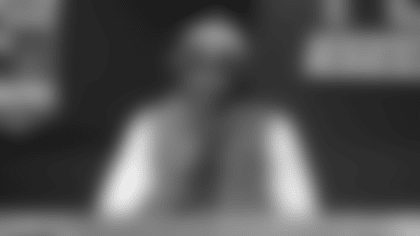EAGAN, Minn. — Vikings quarterback Kirk Cousins and Head Coach Kevin O'Connell evaluated their options during the 2-minute warning Sunday.
Minnesota faced what seemed like a movie script: a fourth-and-18 scenario in the fourth quarter on the road in a hostile environment against a challenging opponent.
Cousins dropped back before firing a jump ball in the direction of wide receiver Justin Jefferson. Jefferson leapt up and with one hand, ripped the ball away from Bills cornerback Cam Lewis' two-handed grasp before securing it as he fell to the ground.
The 32-yard connection kept the drive alive, and the Vikings ultimately earned a 33-30 overtime victory.
View exclusive behind-the-scene photos of the Vikings during their thrilling overtime victory over the Bills.








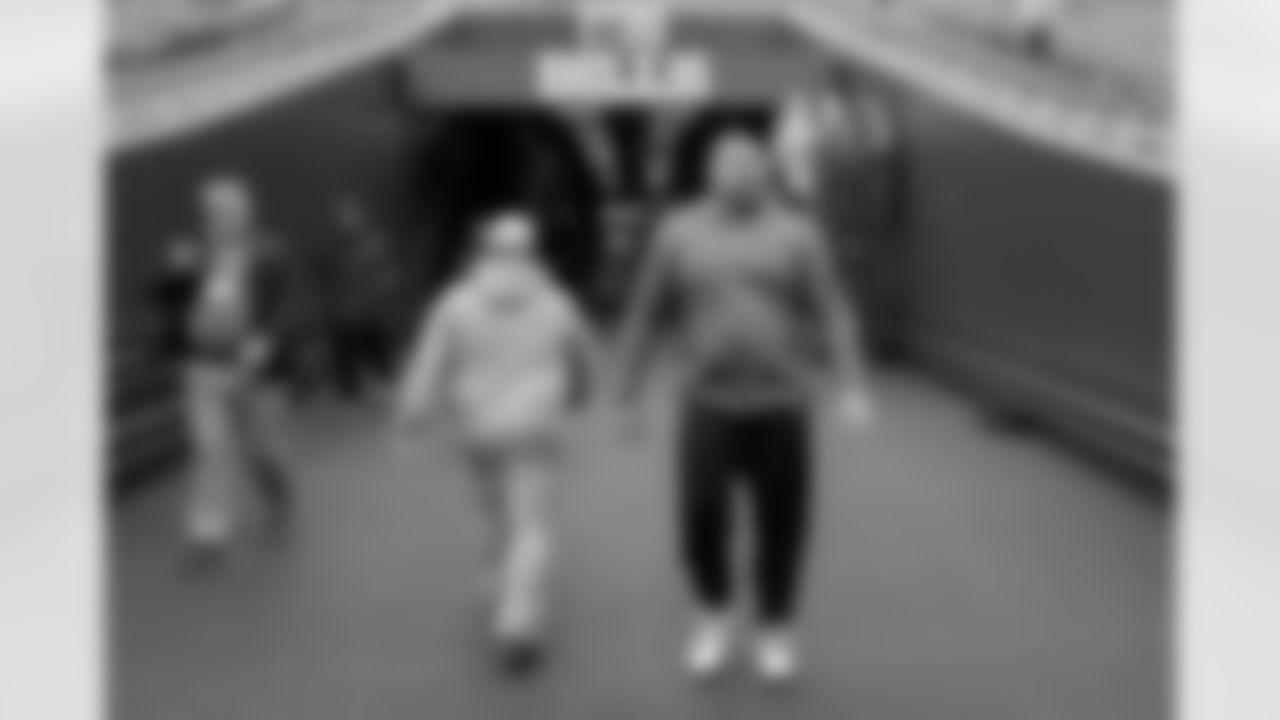


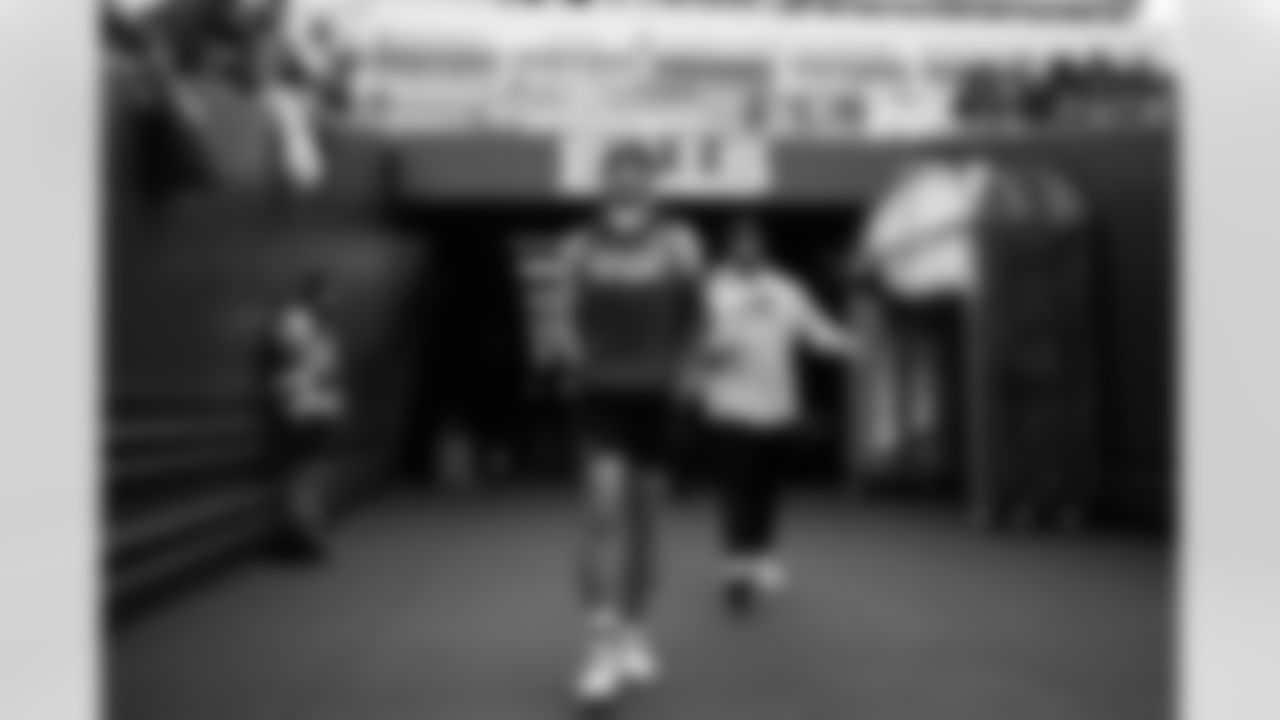
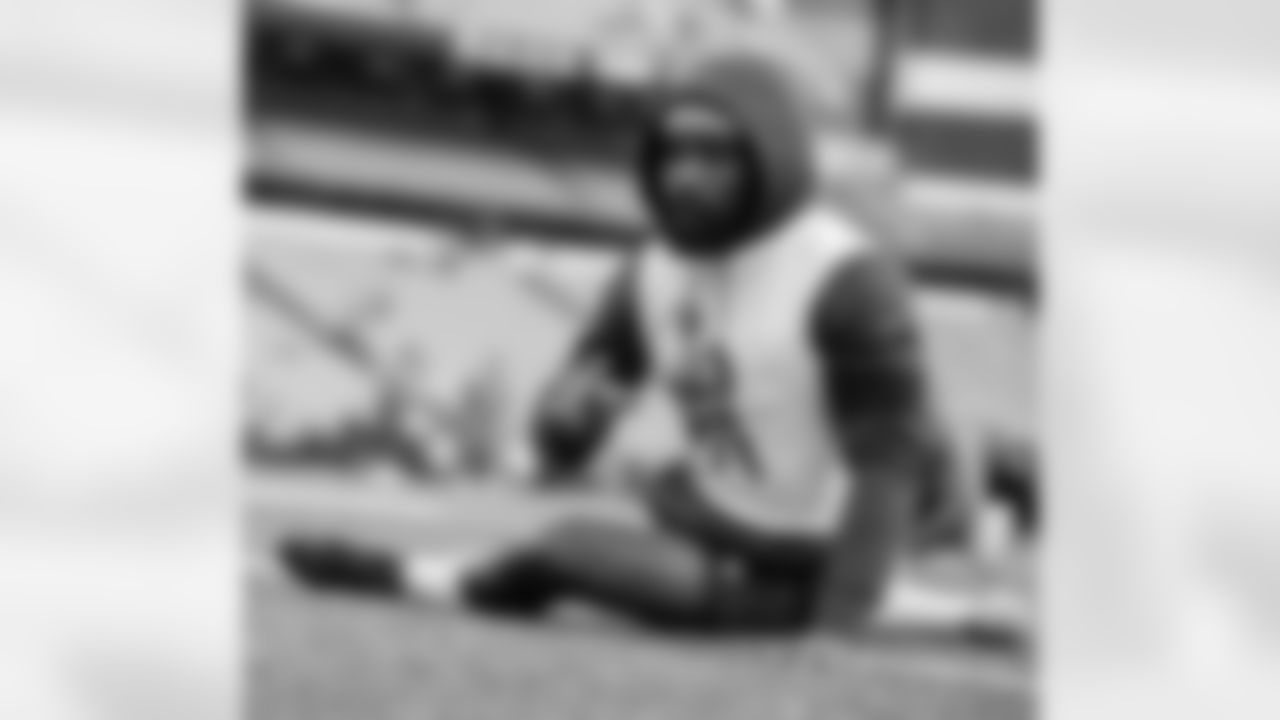



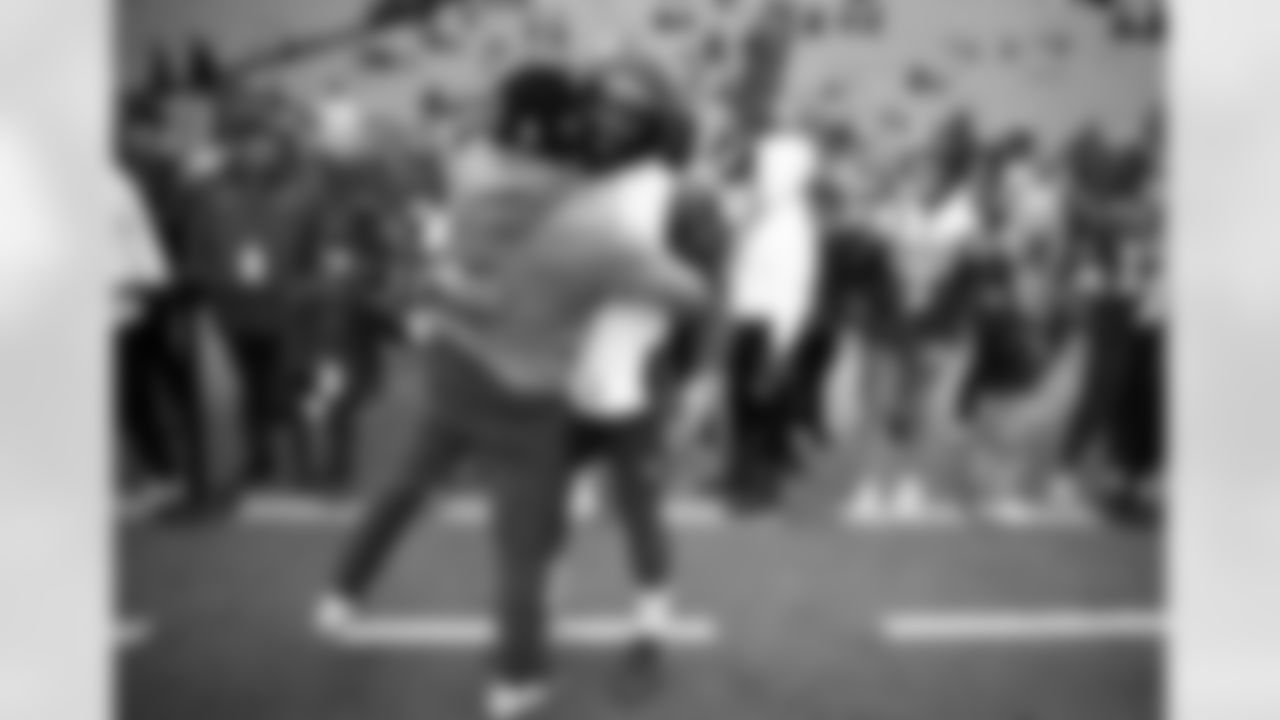

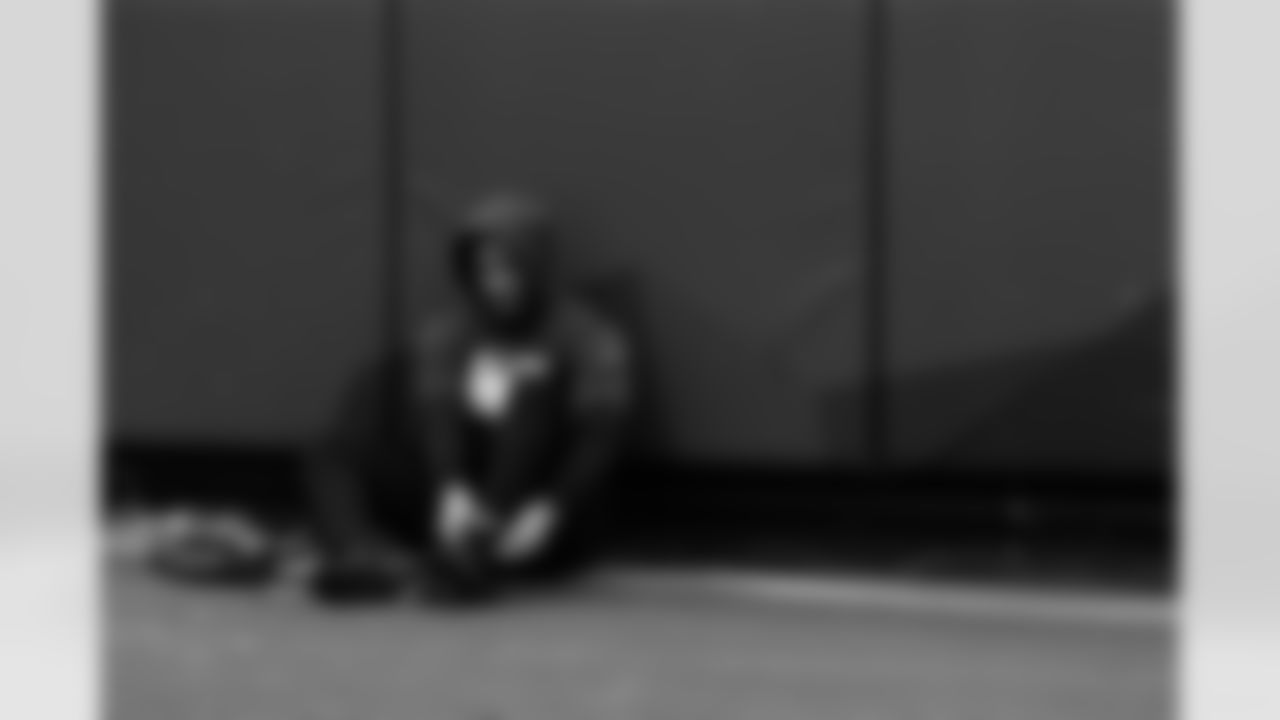





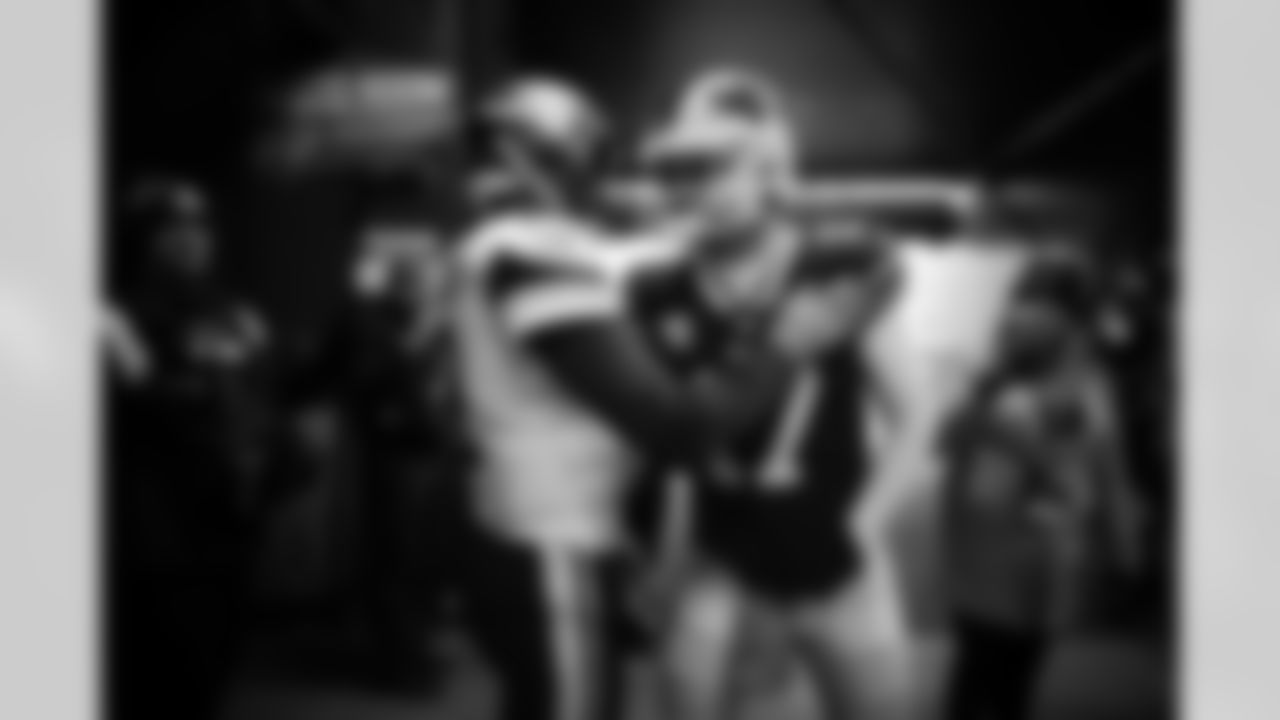
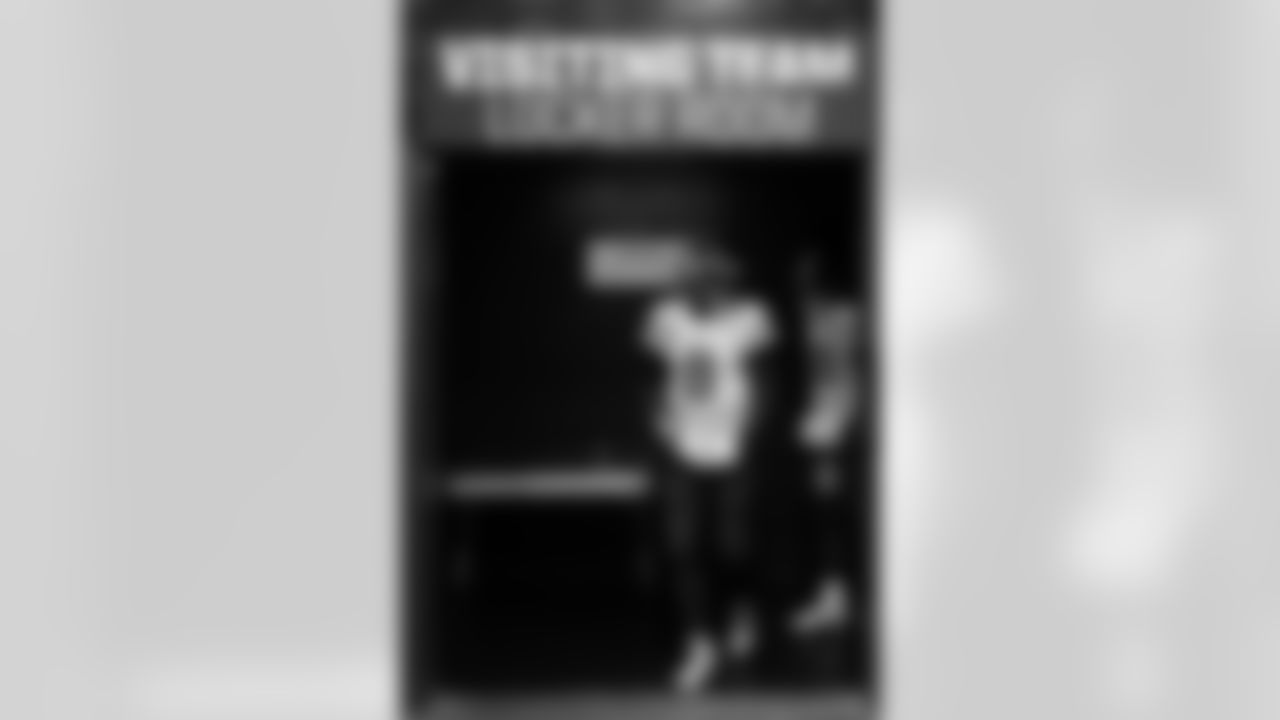
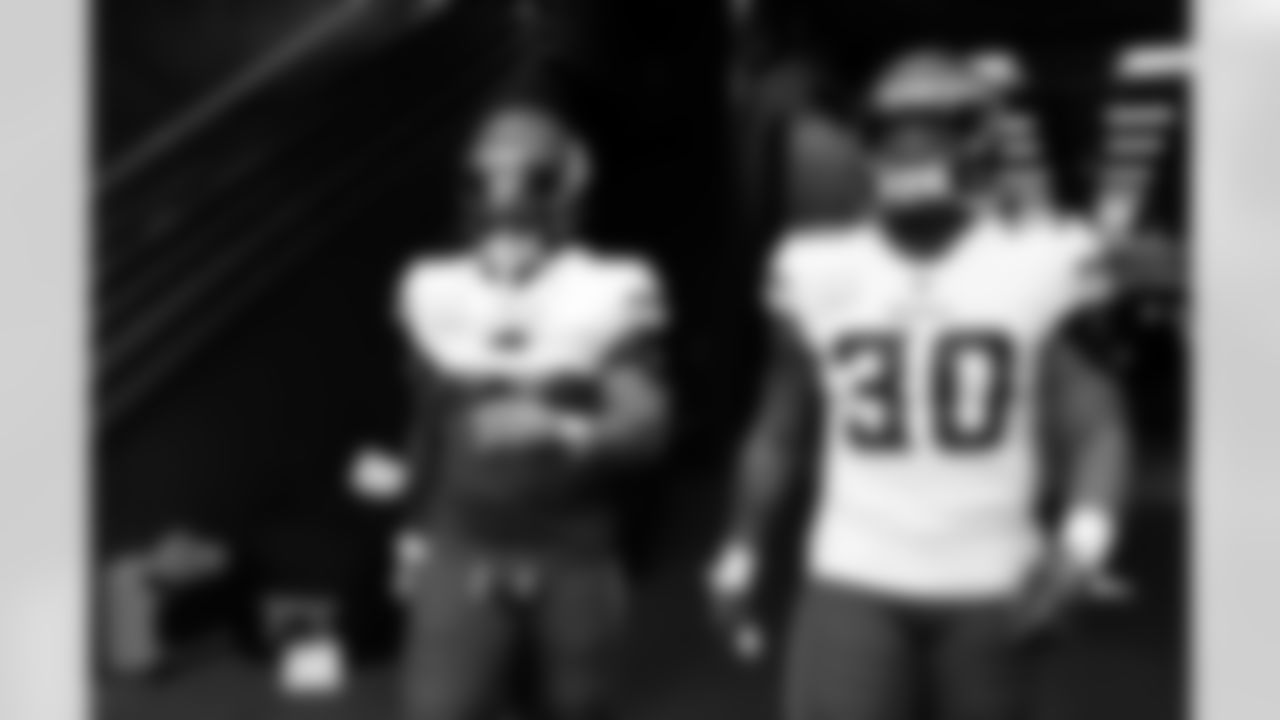

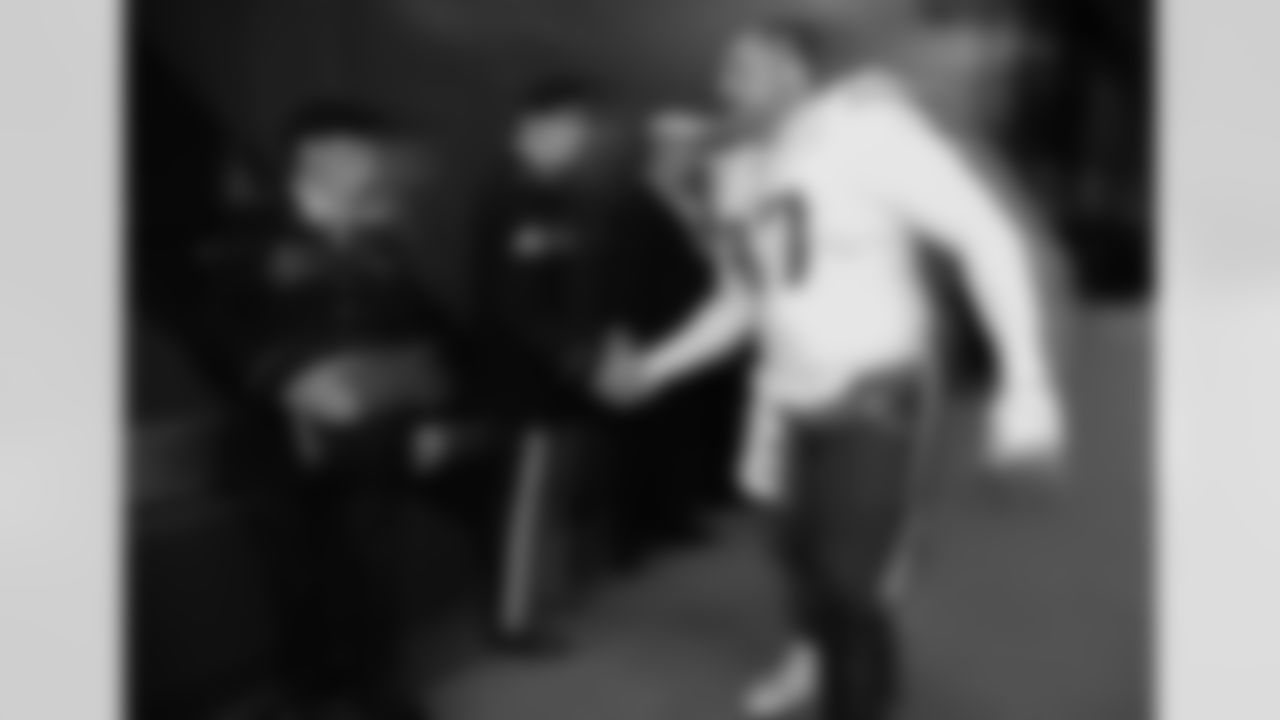


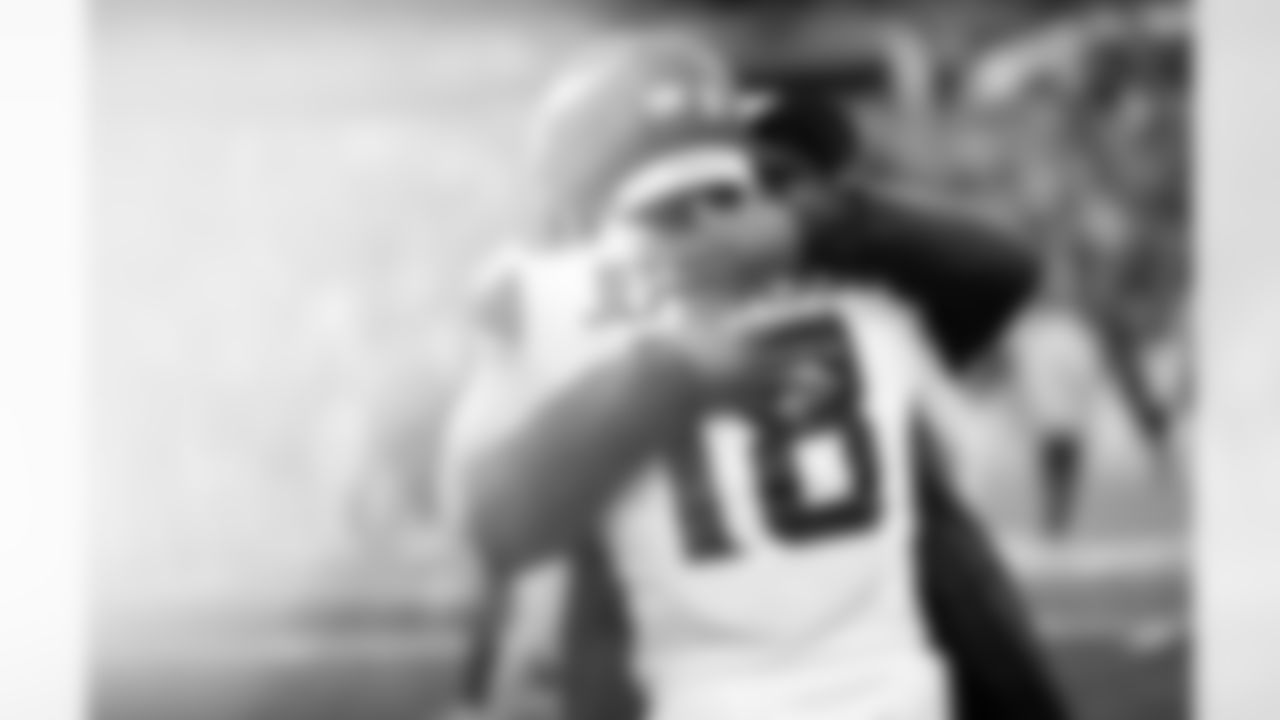
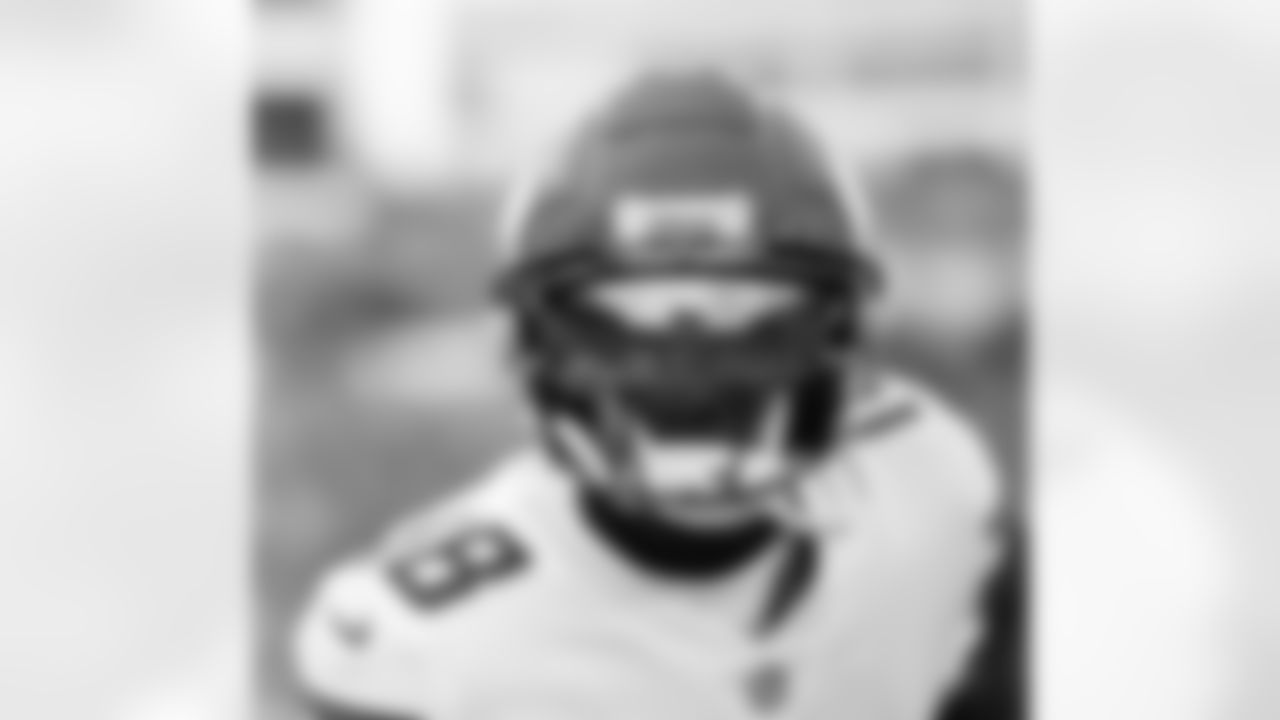
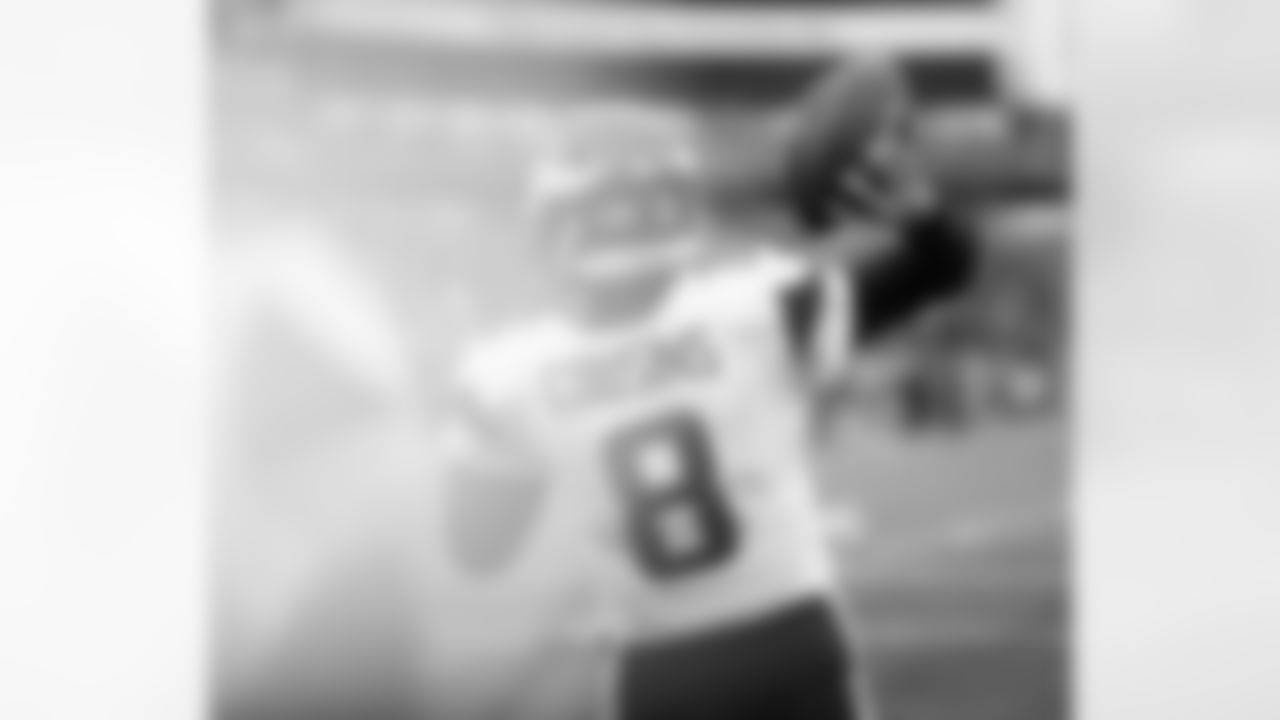





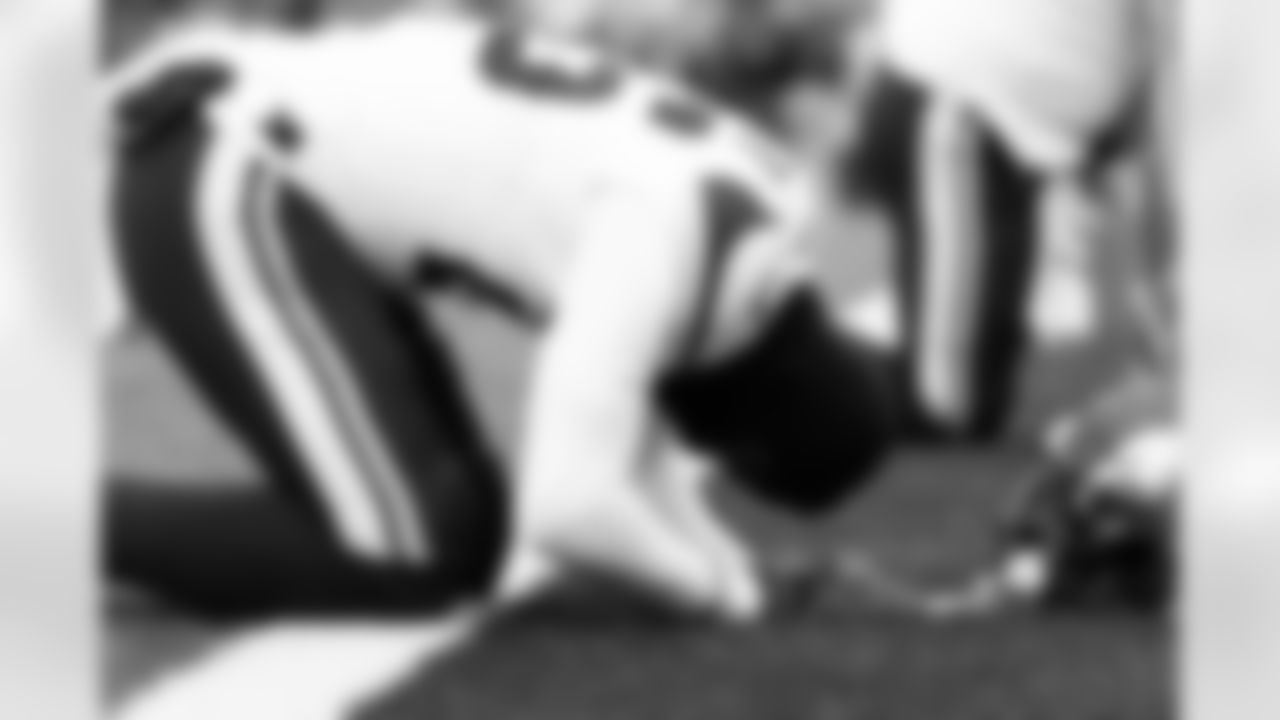

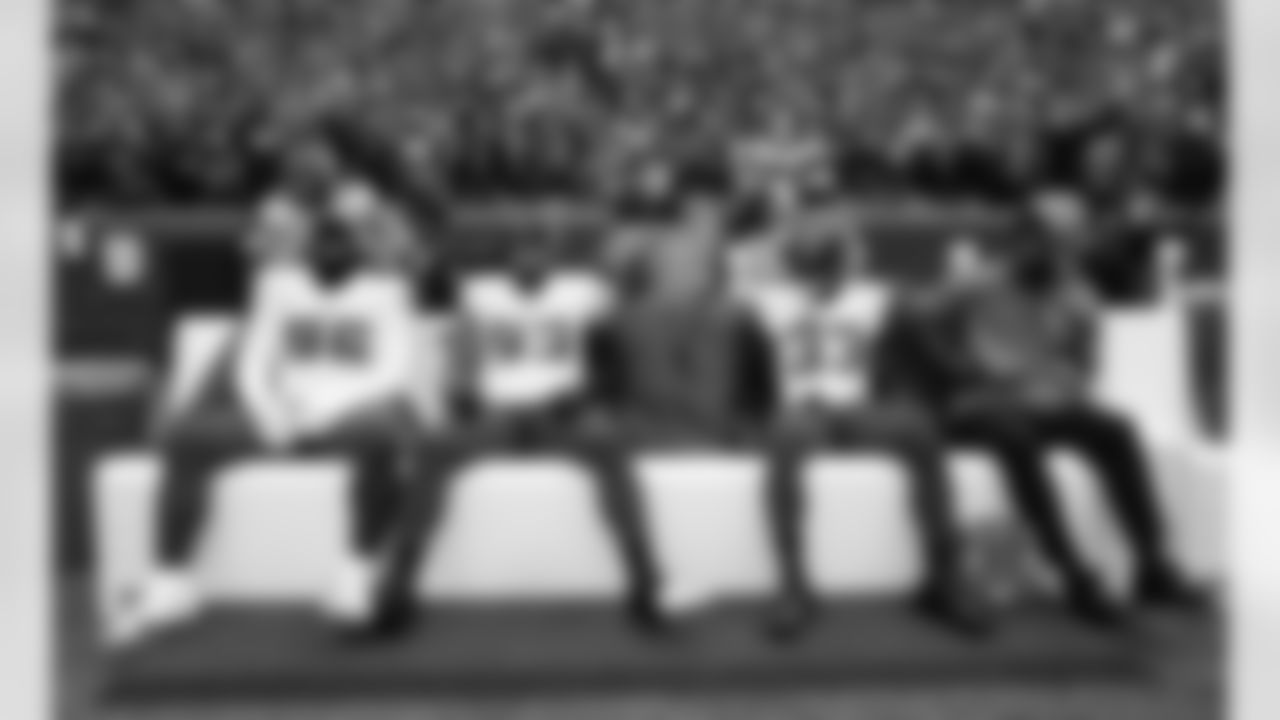
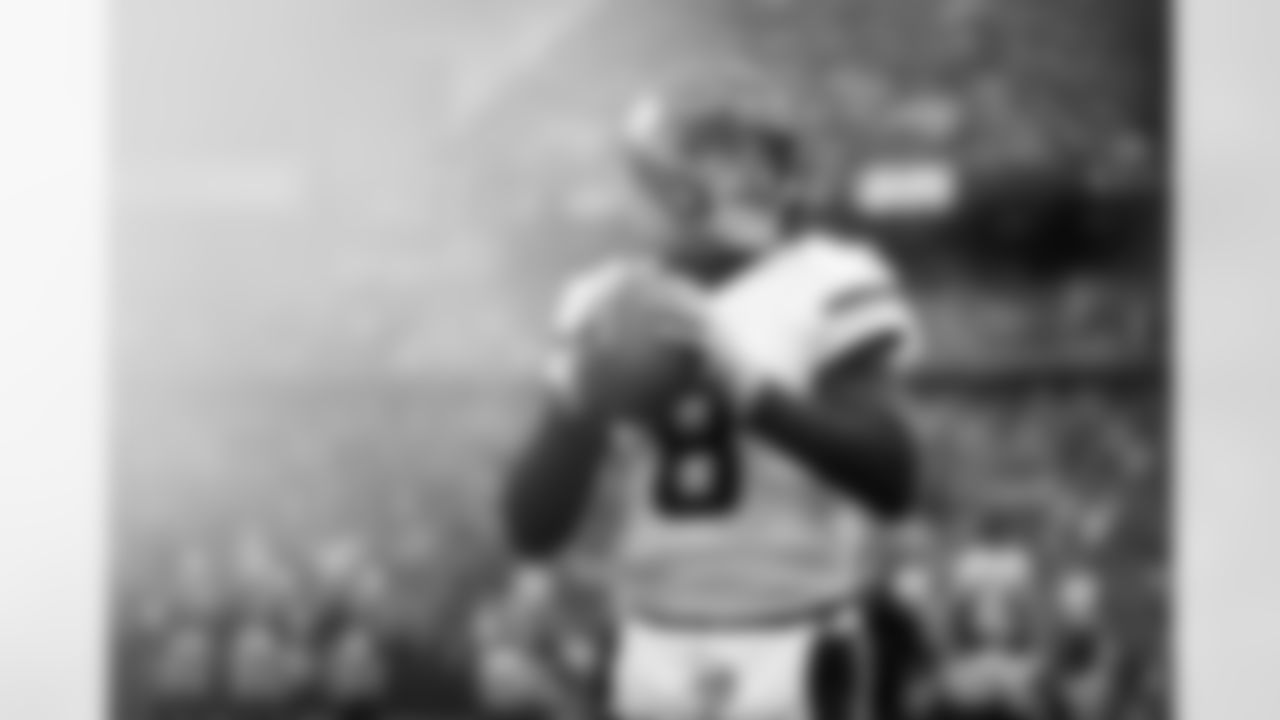
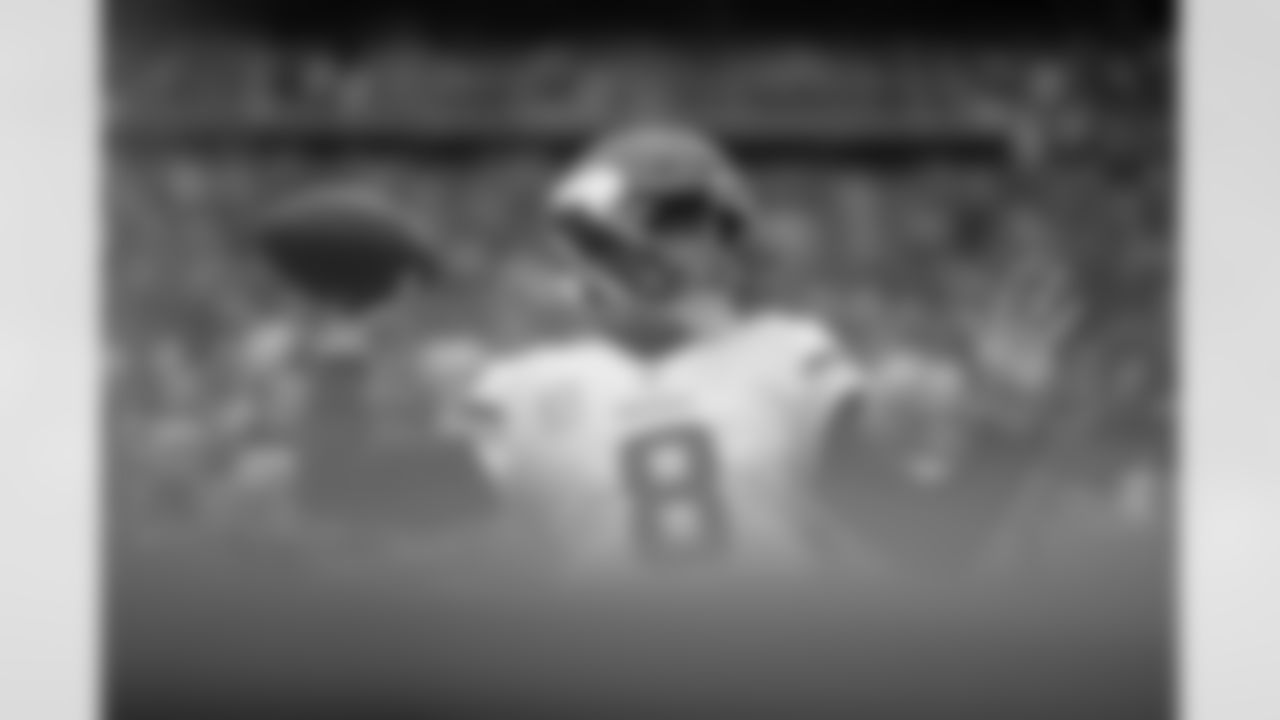



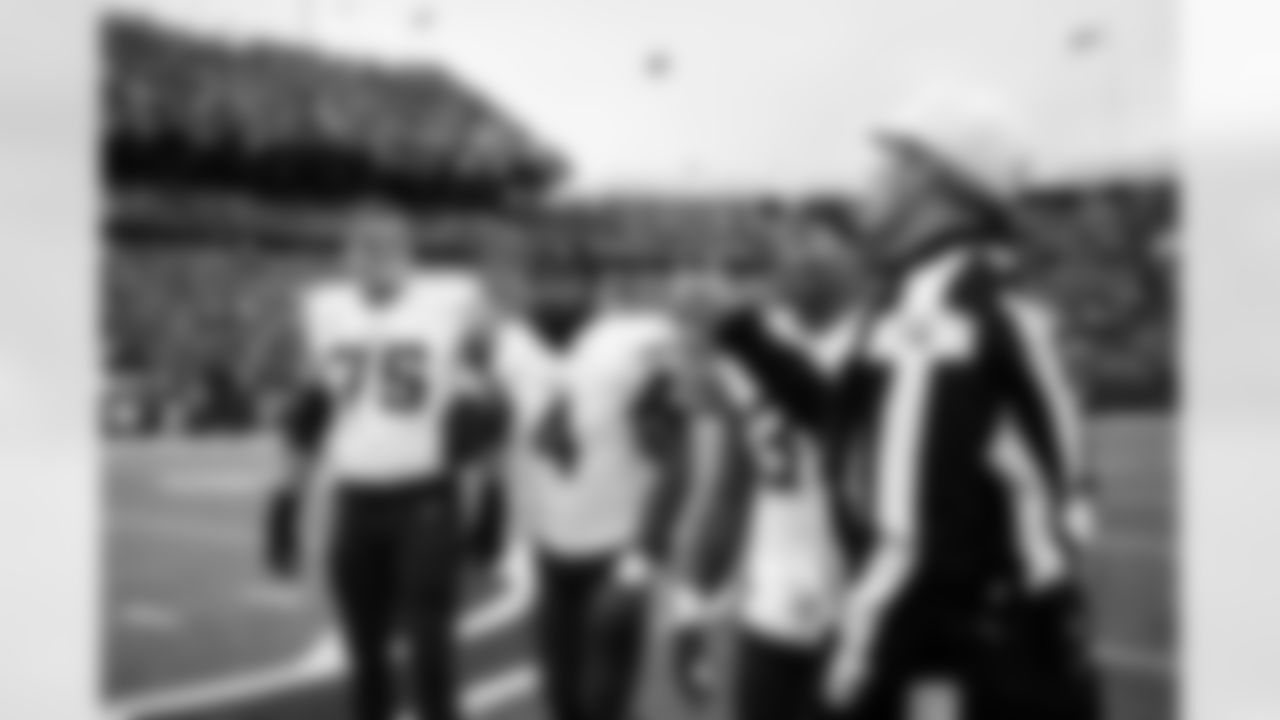
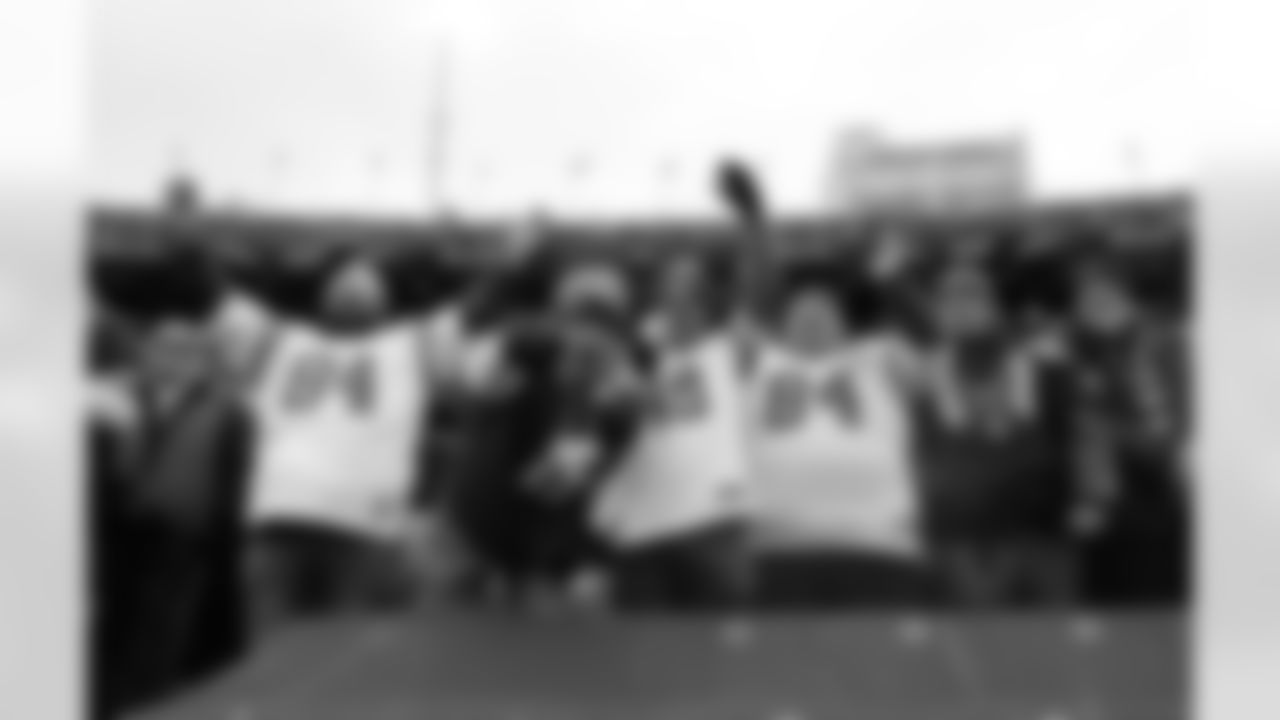
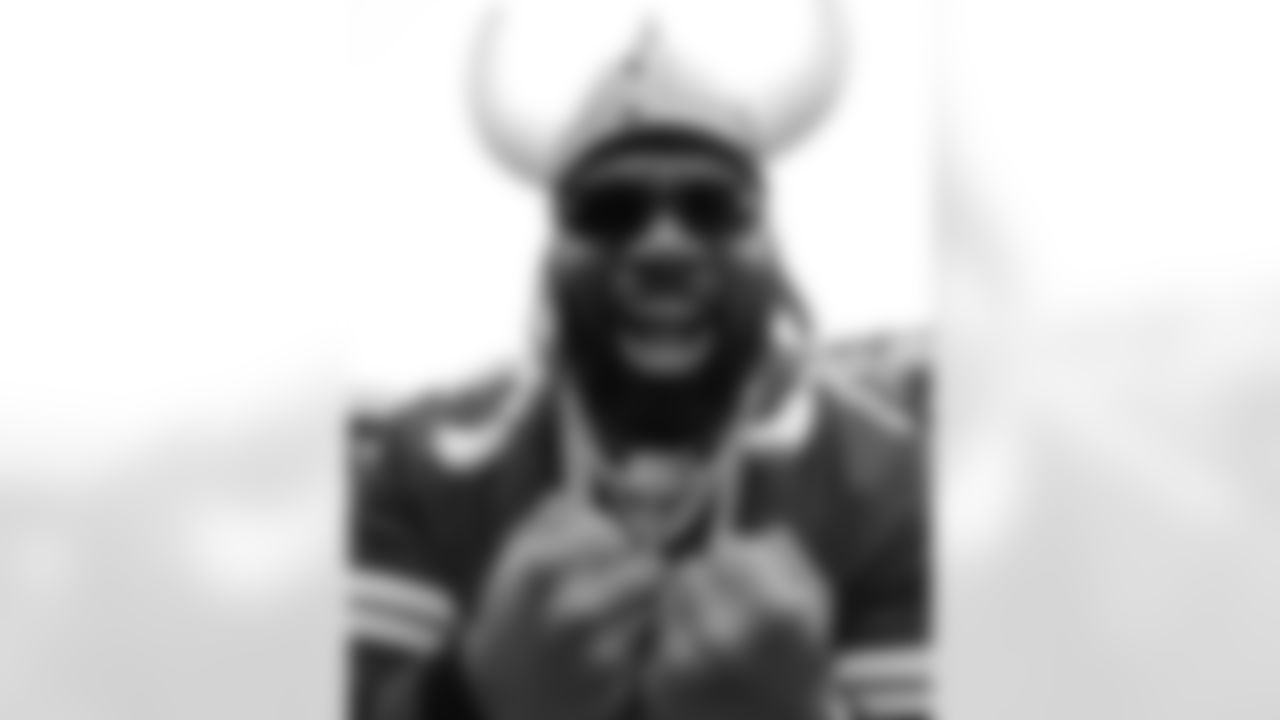
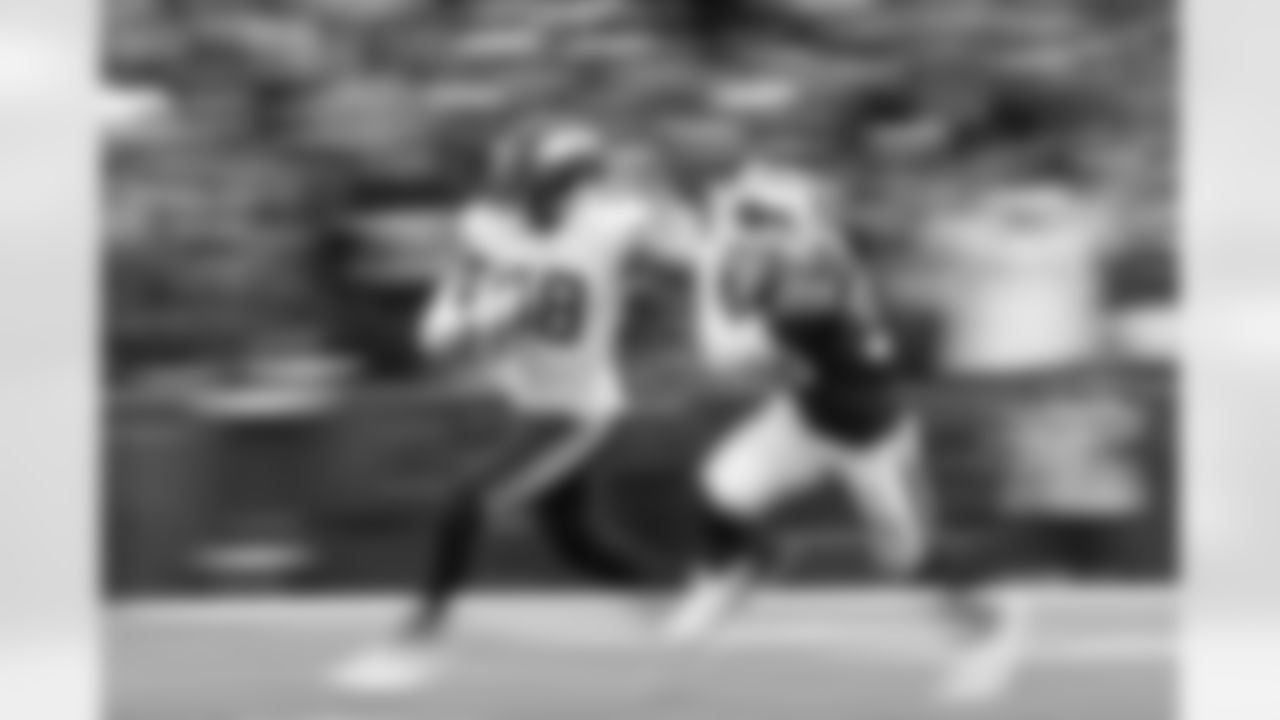
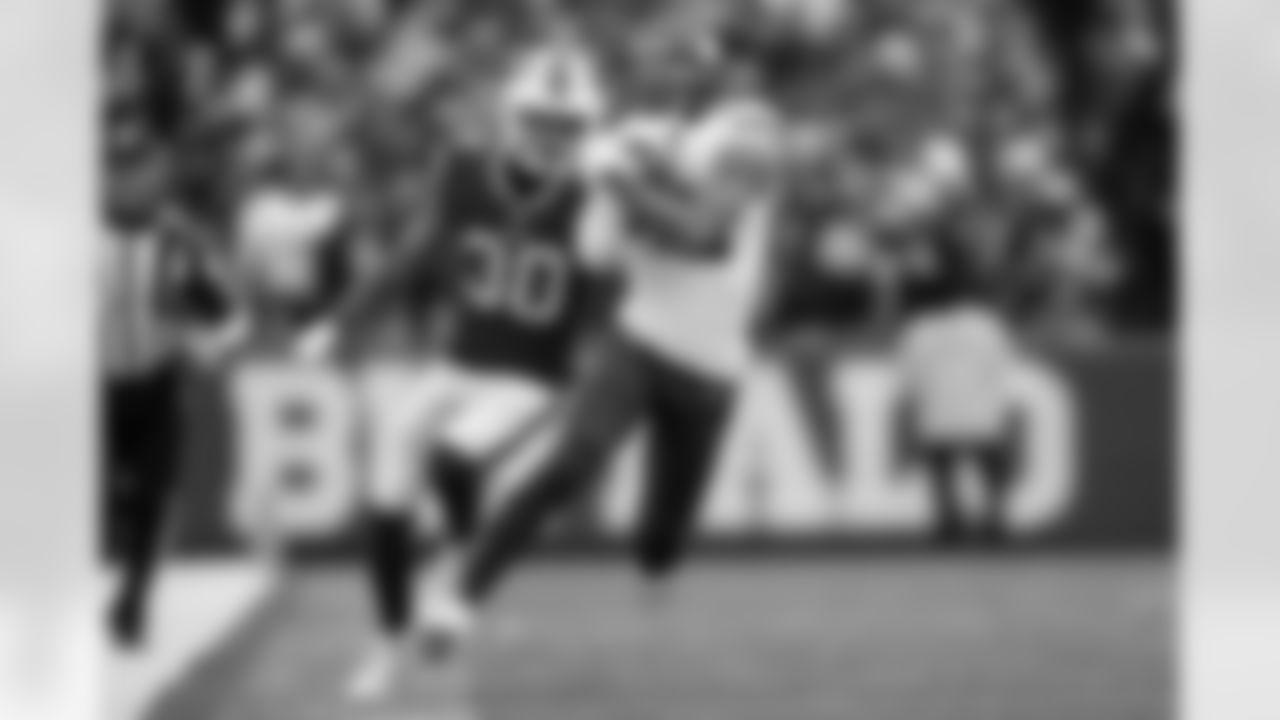
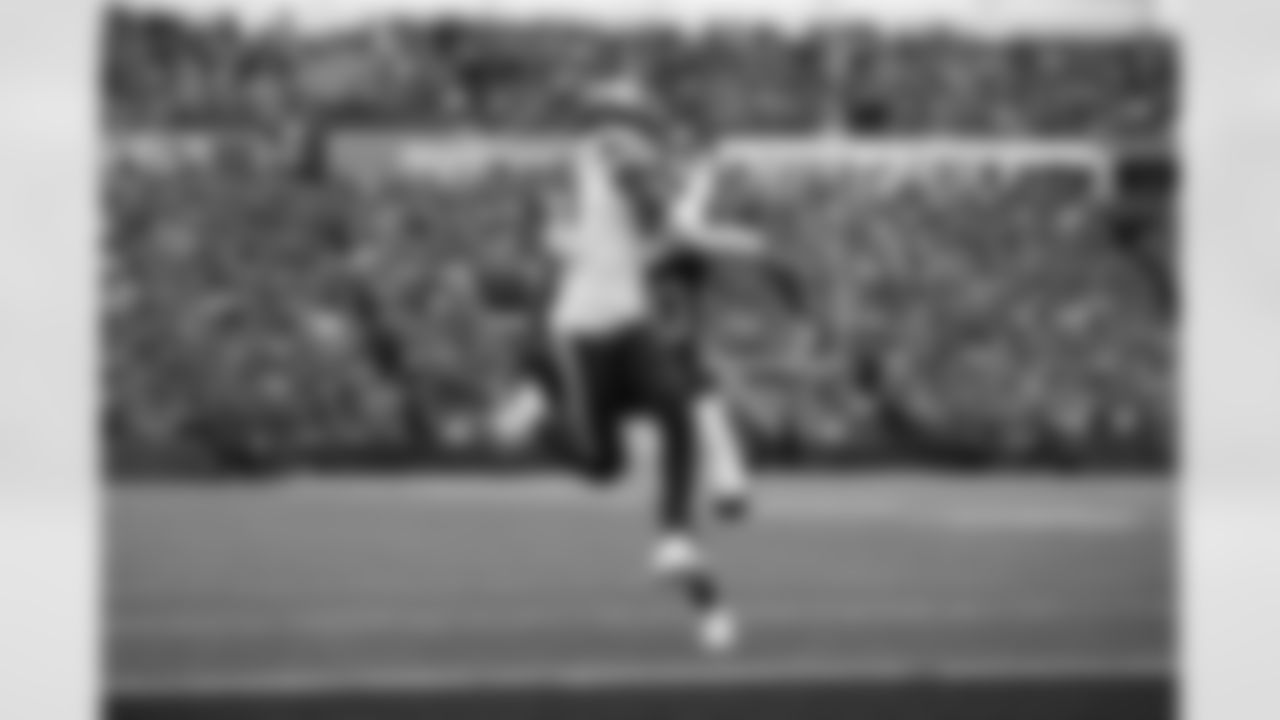
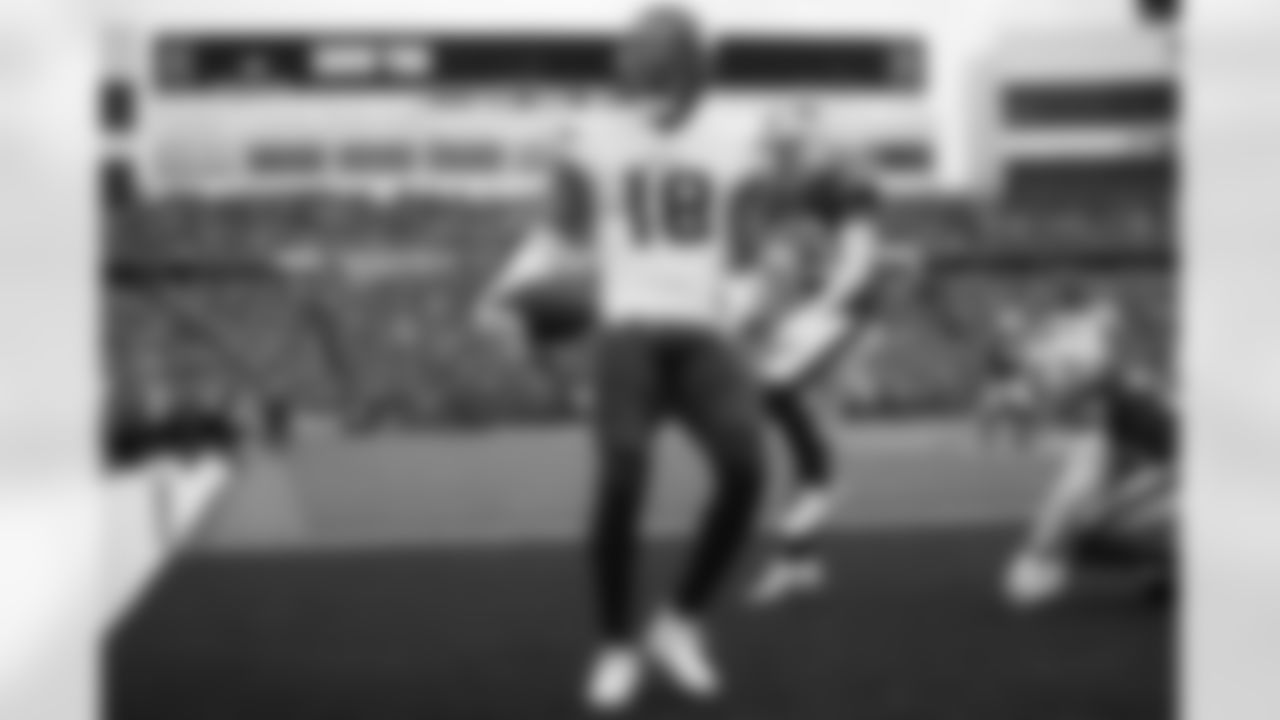
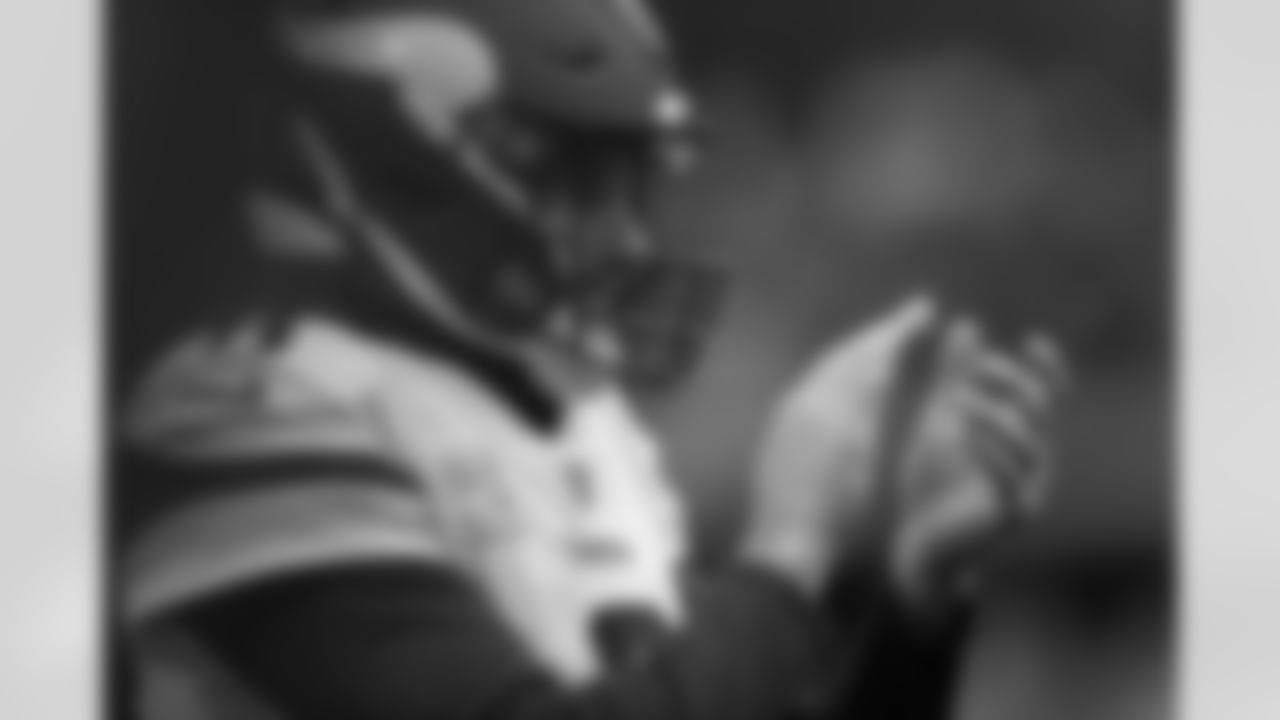
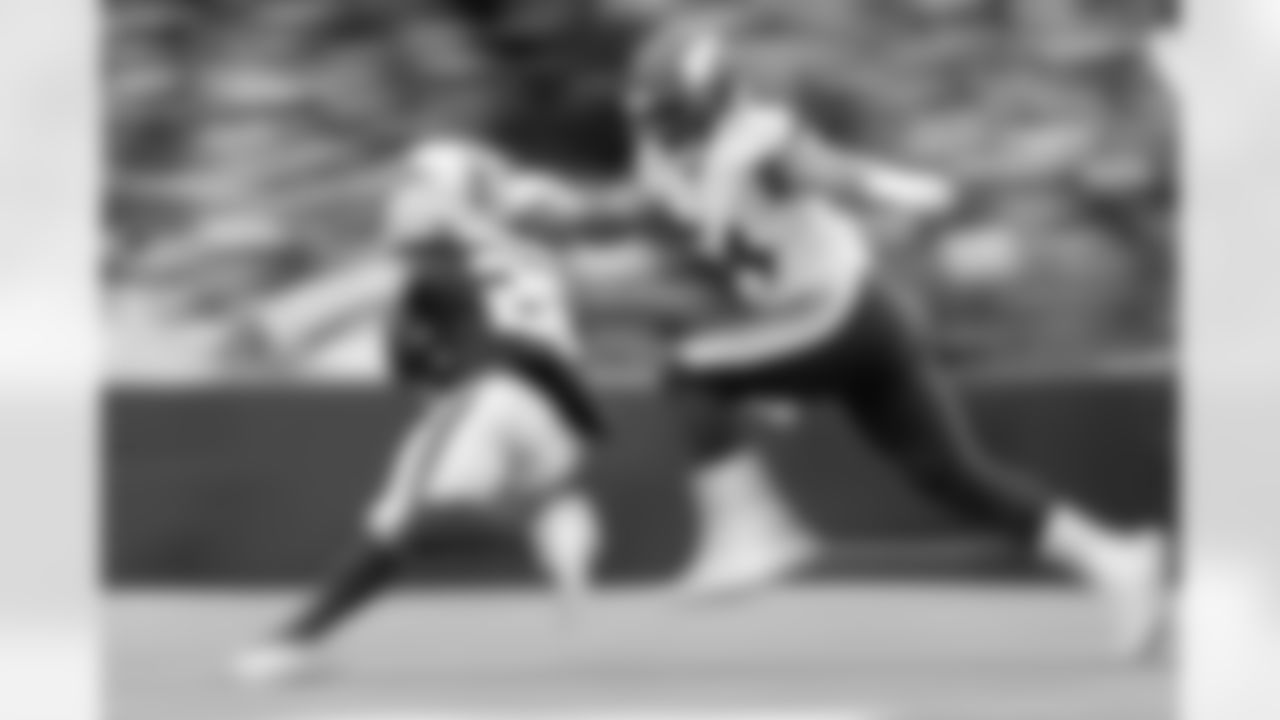


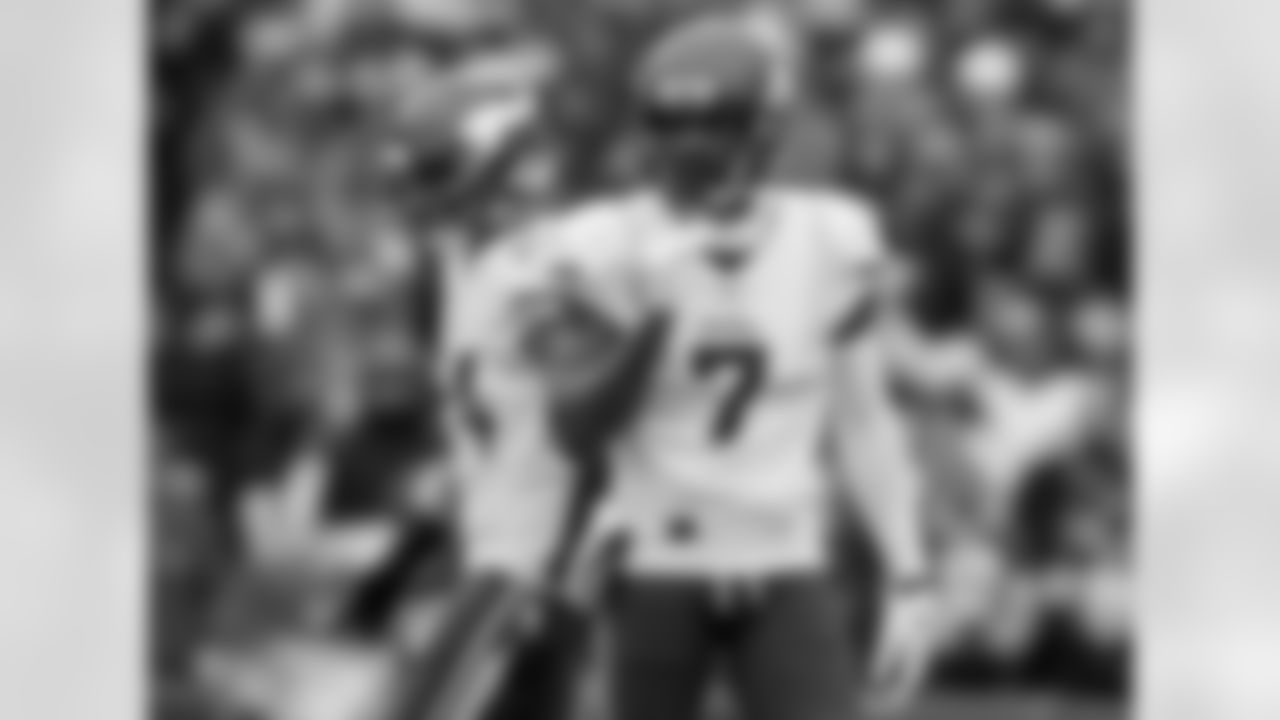
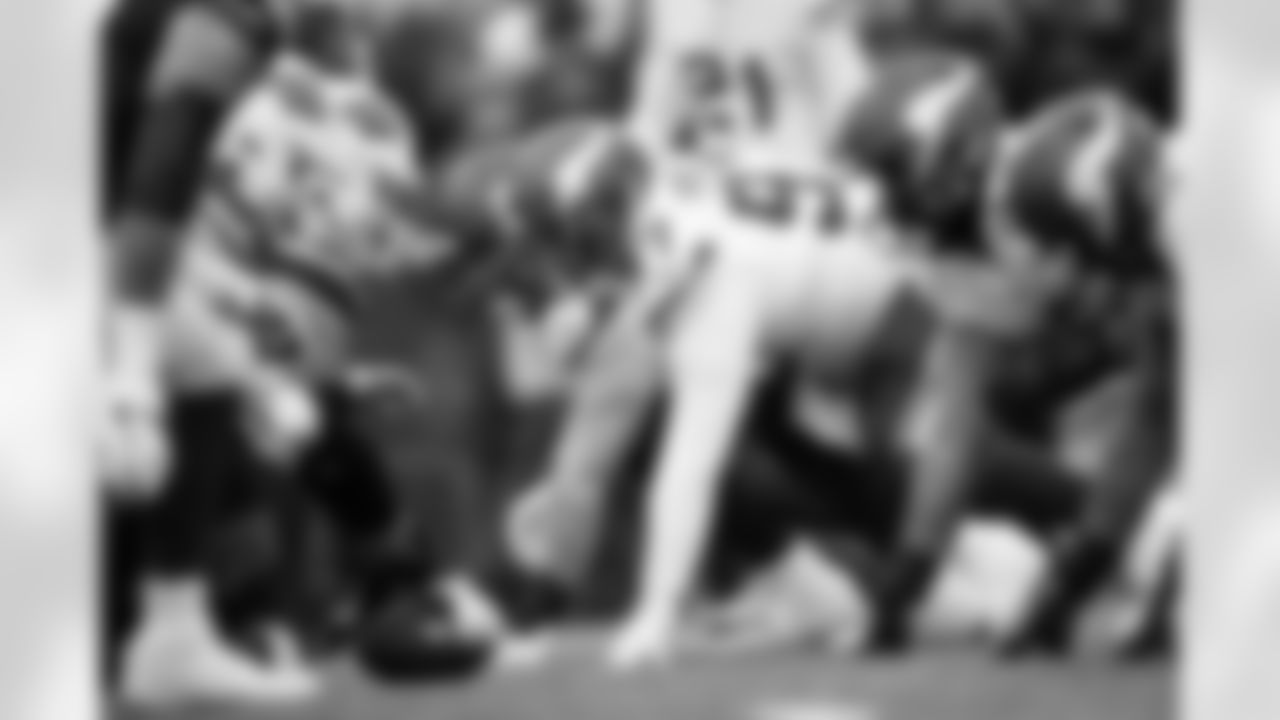


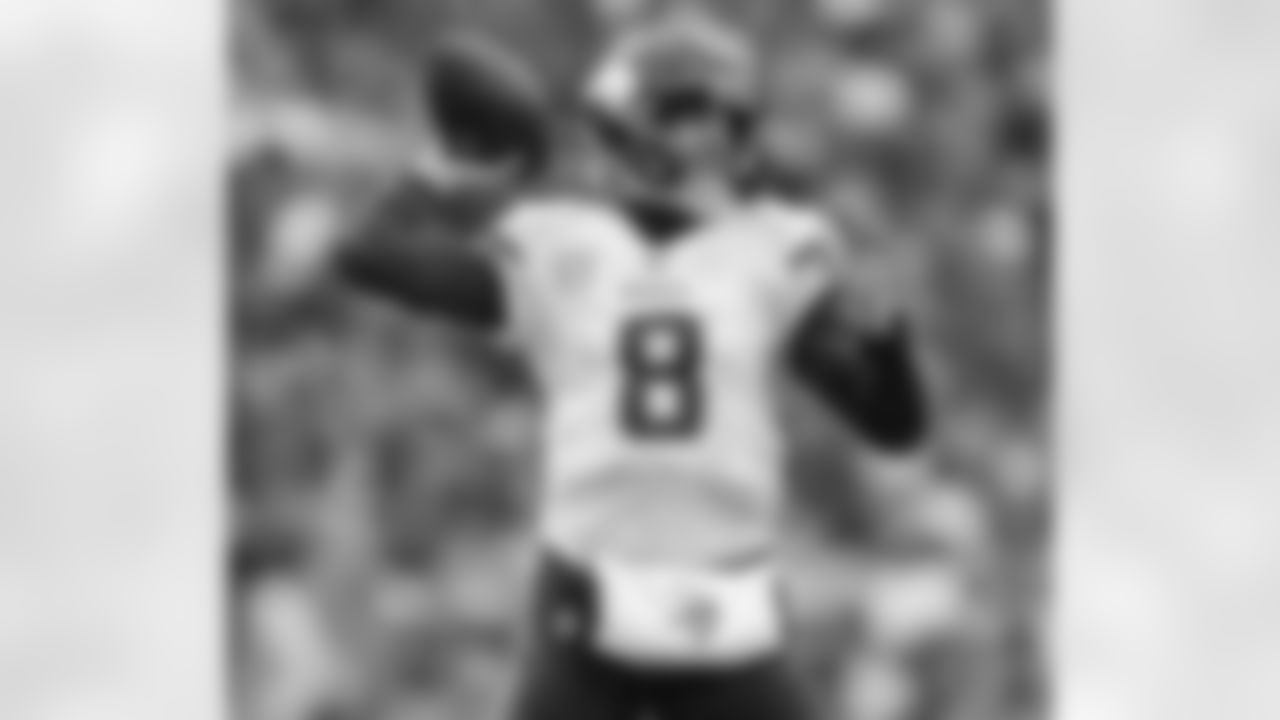
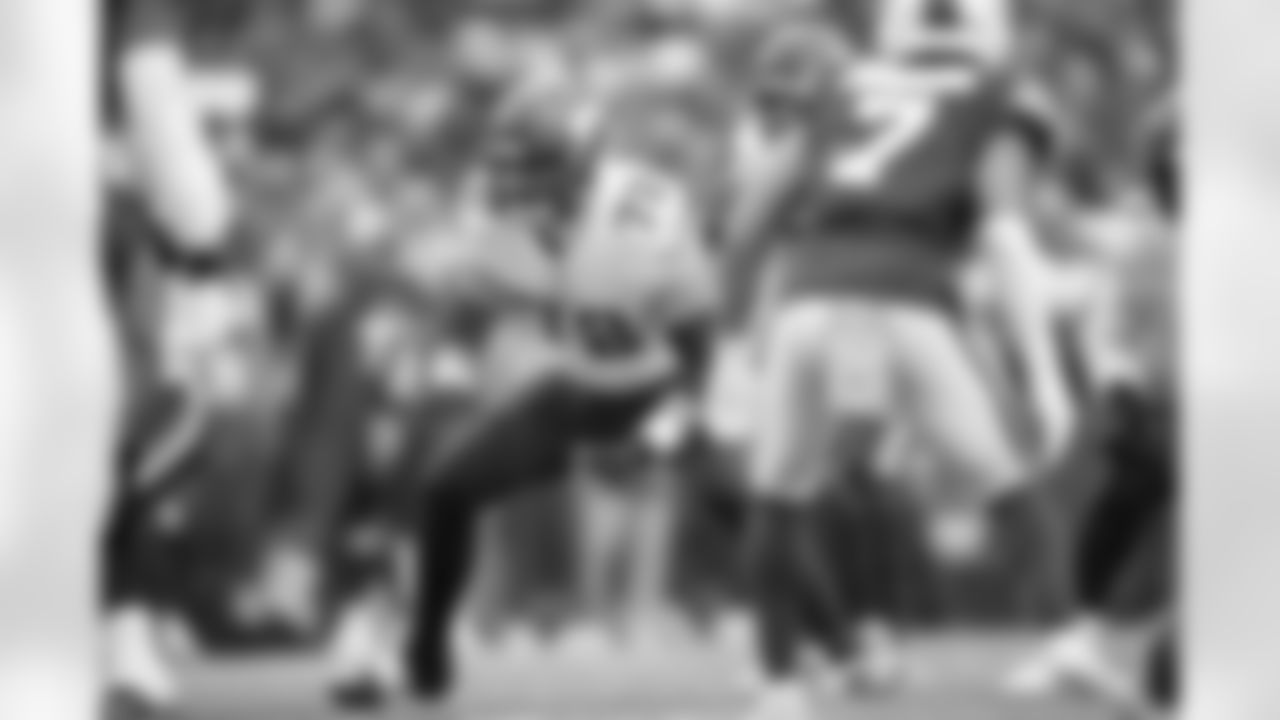

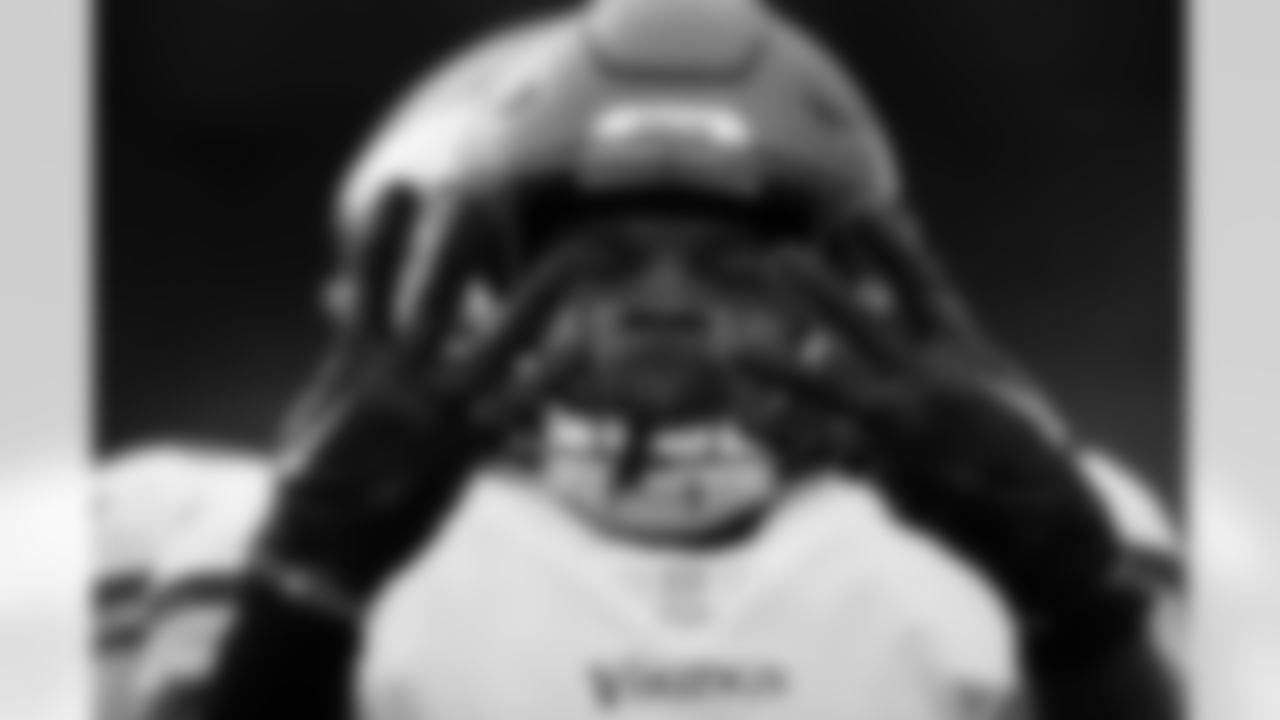
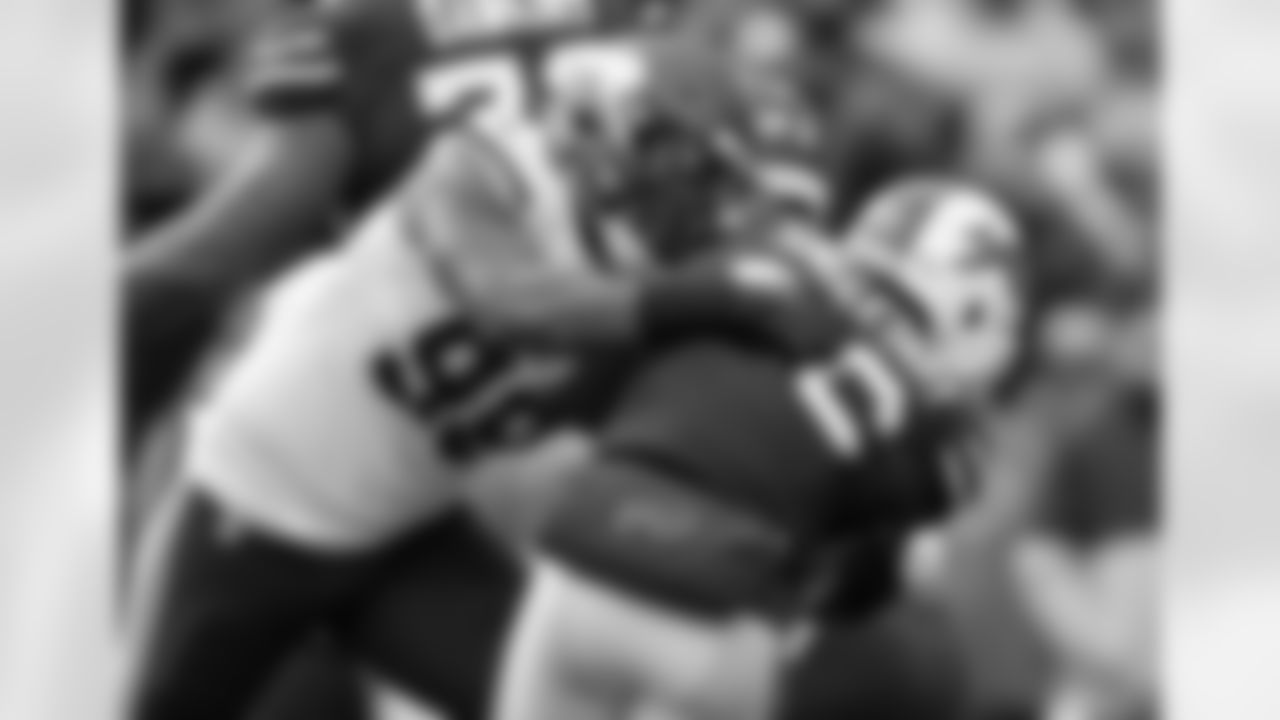
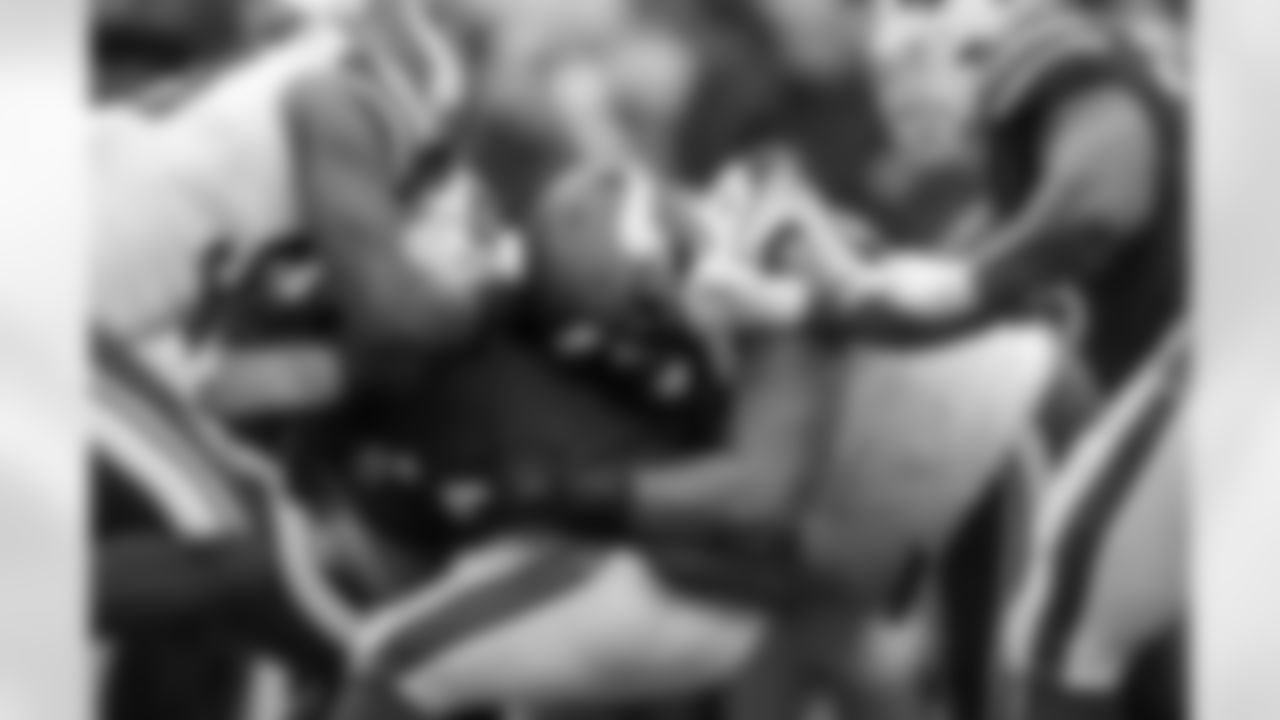
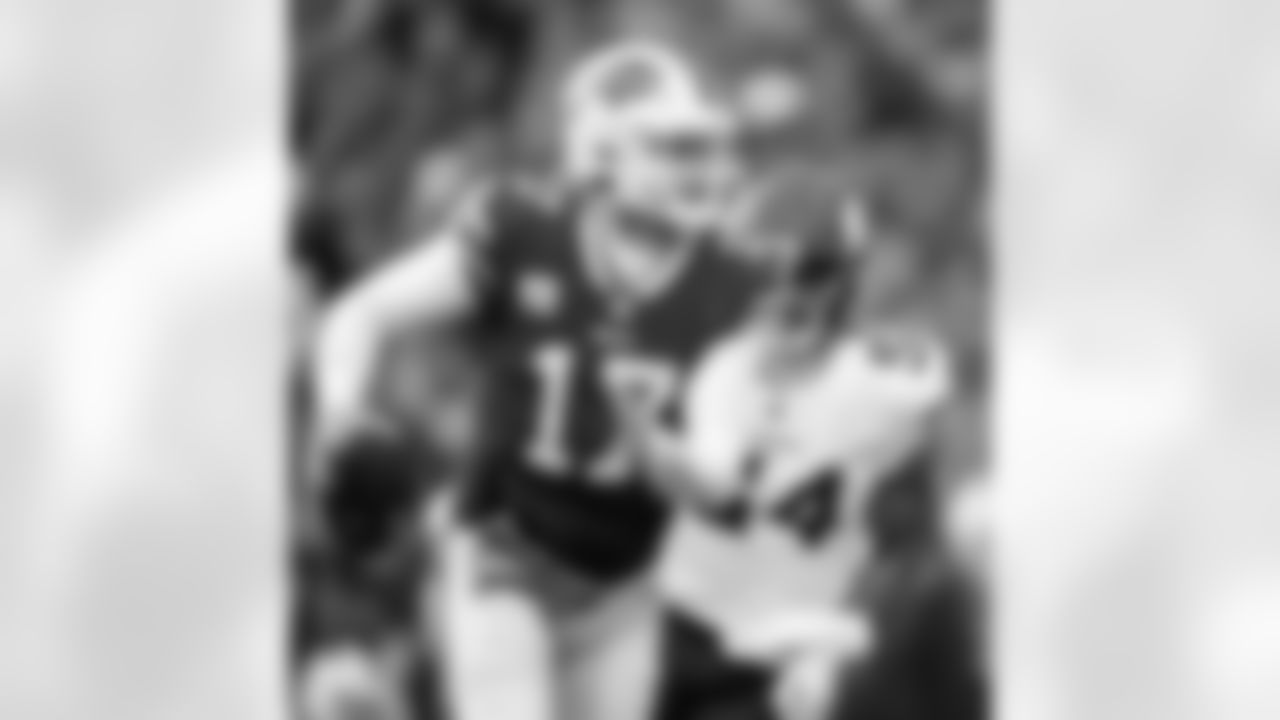
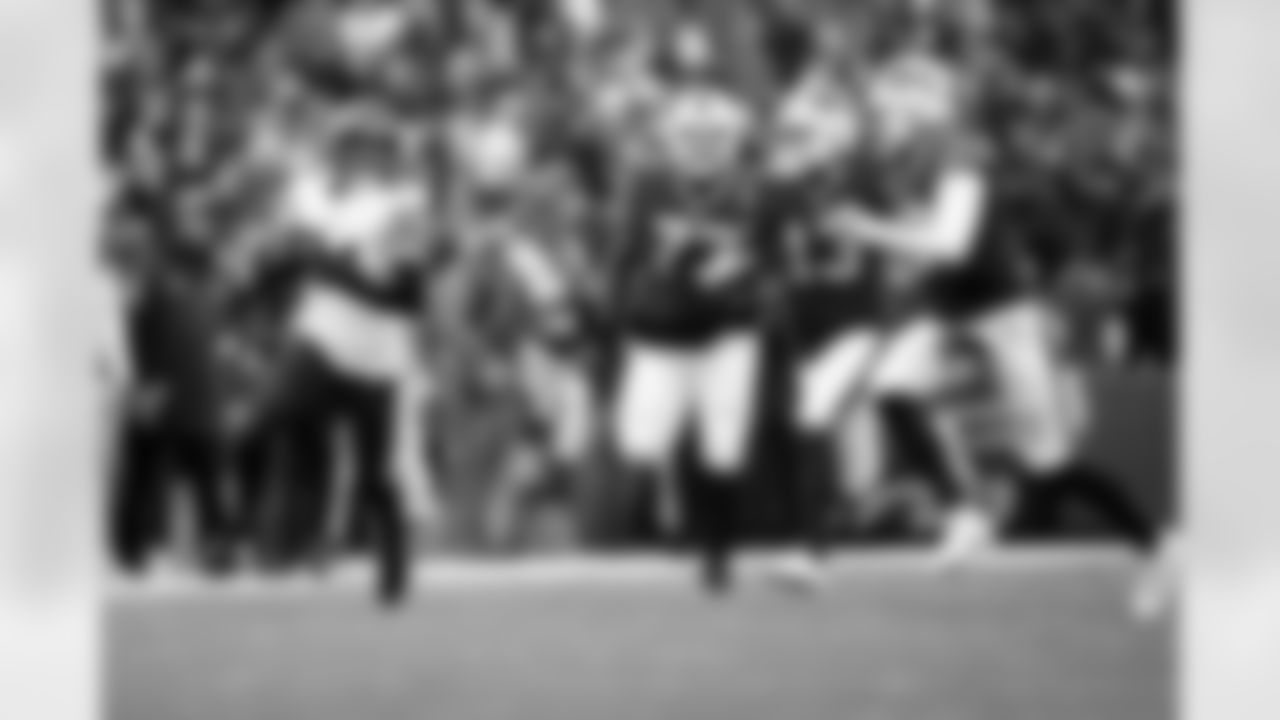
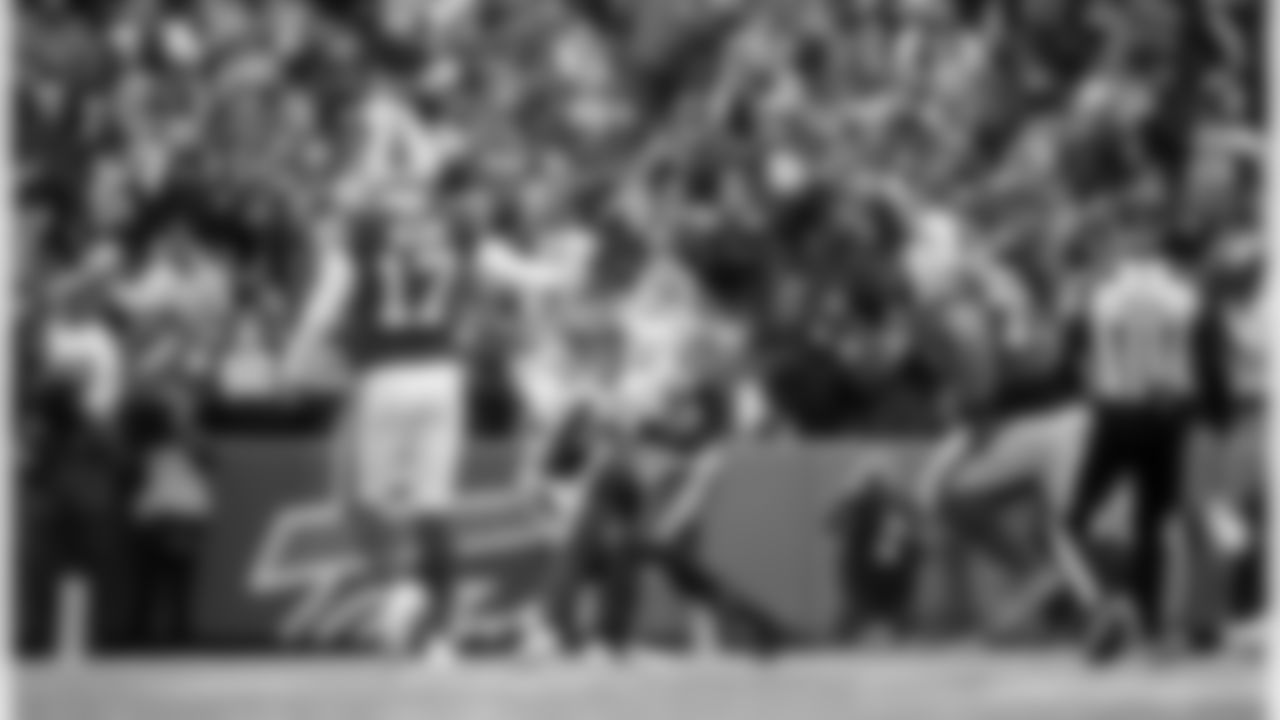


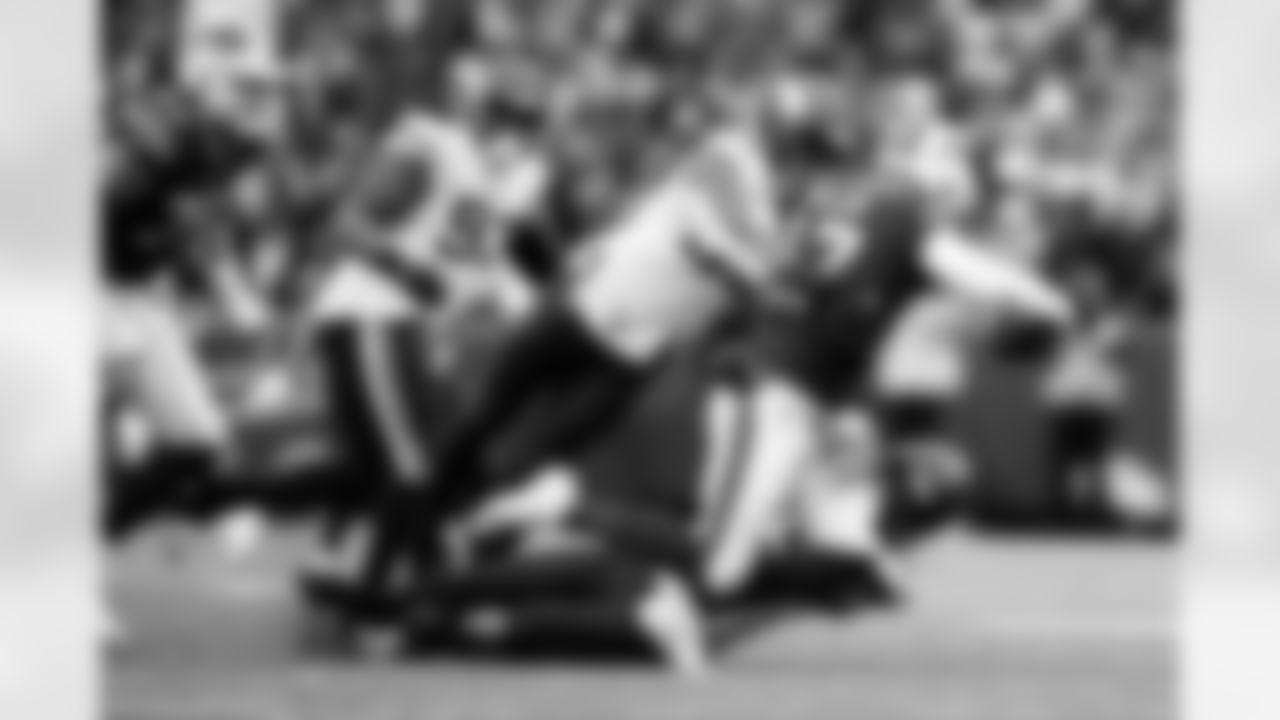
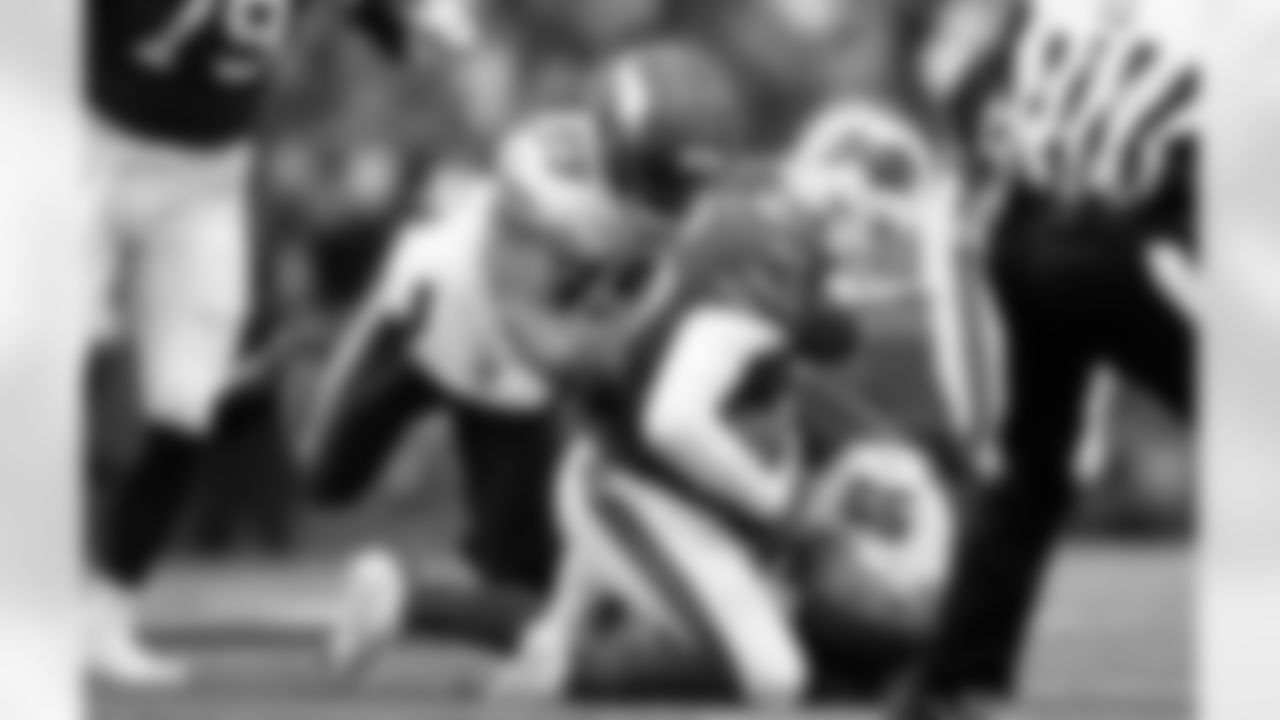

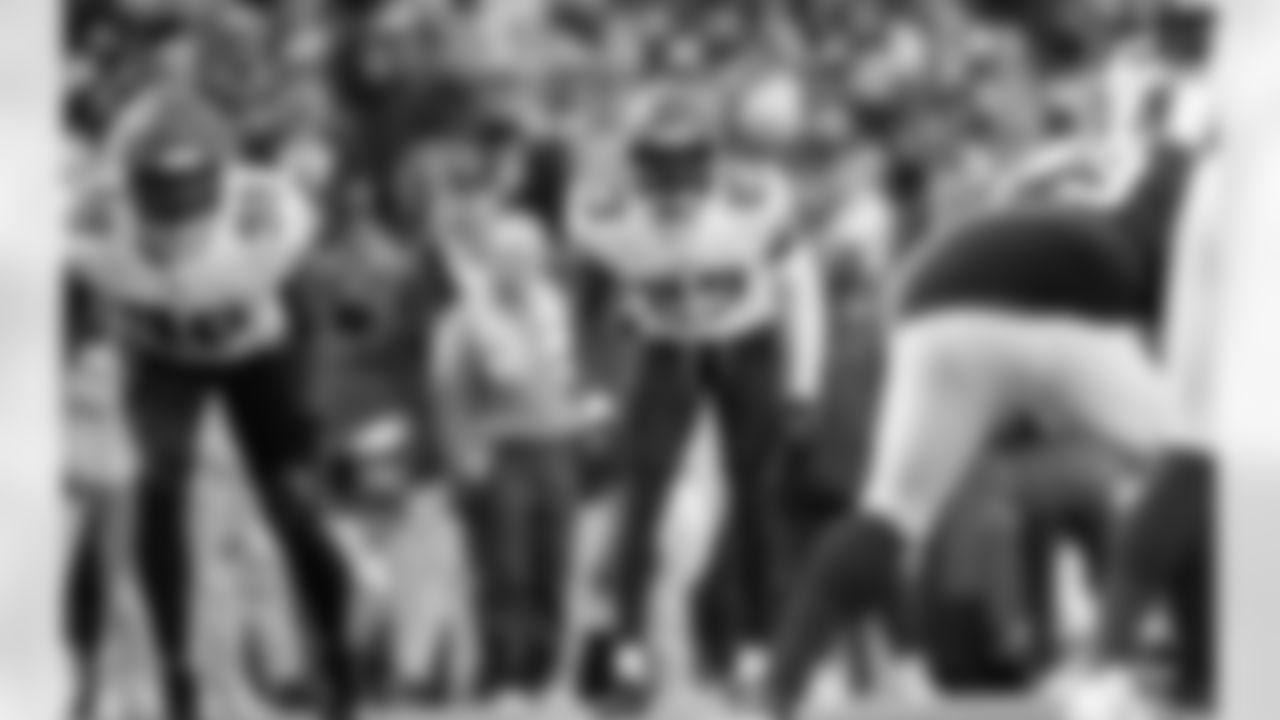

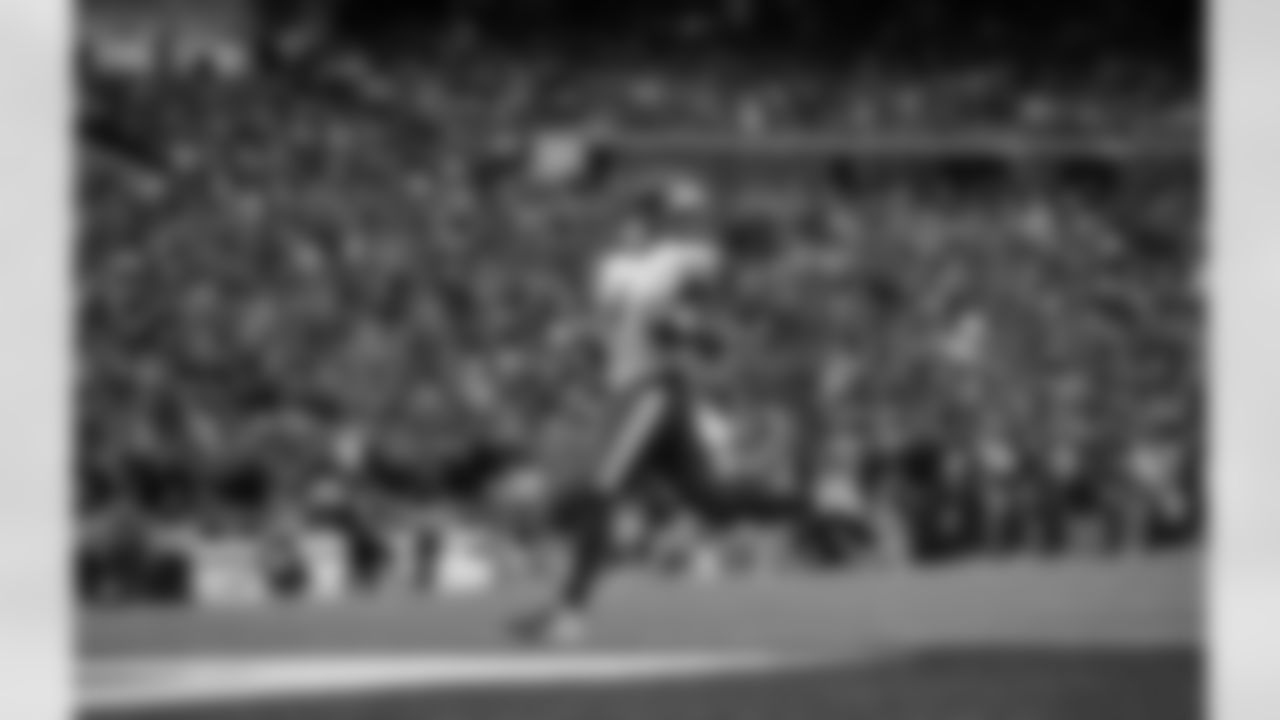
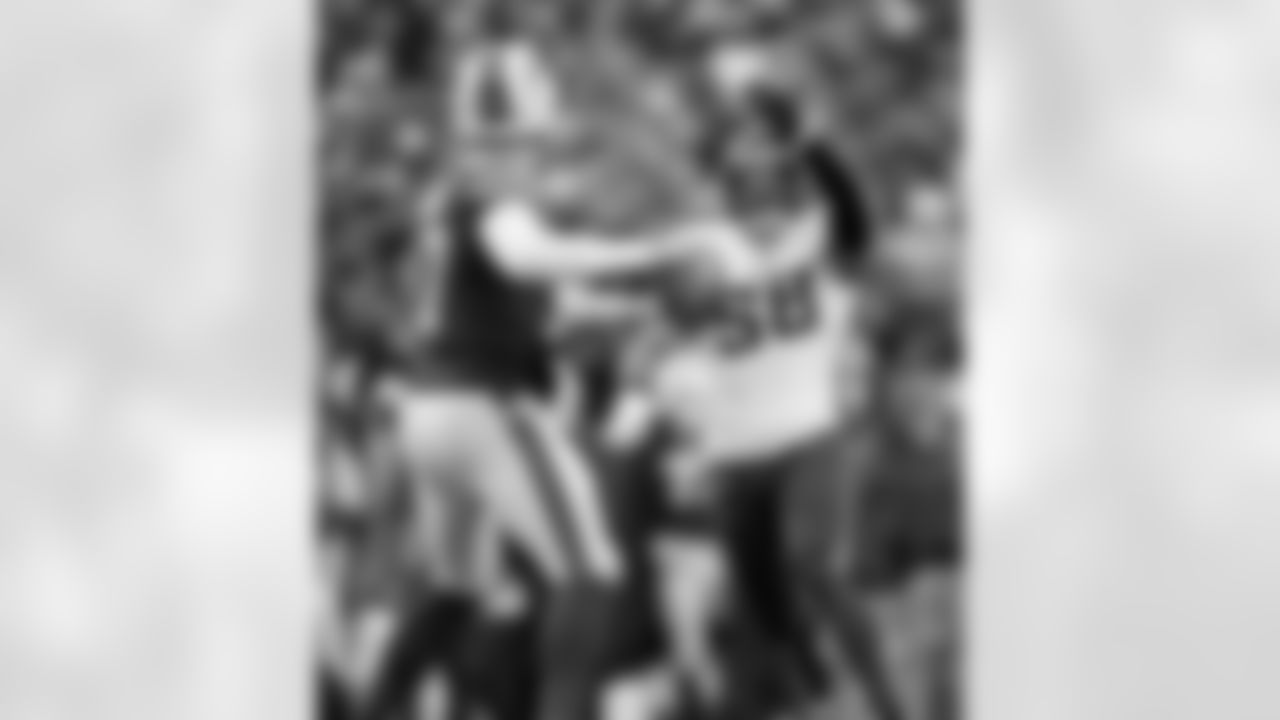
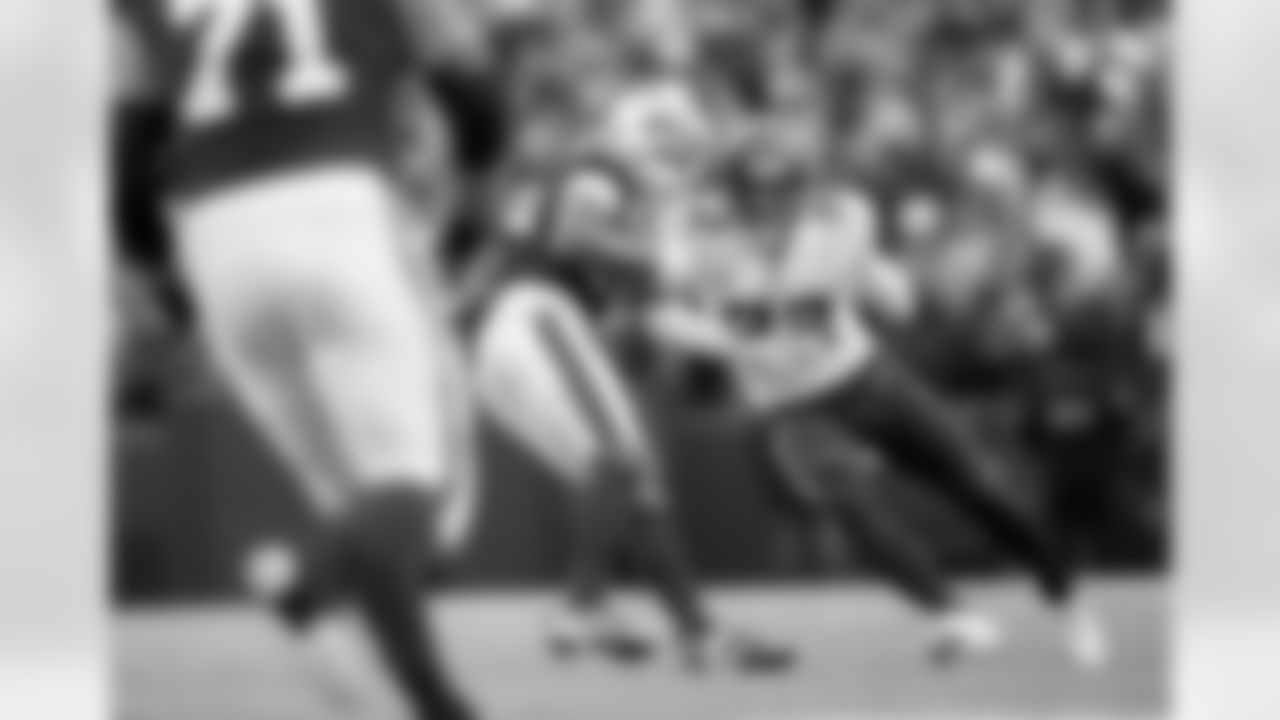
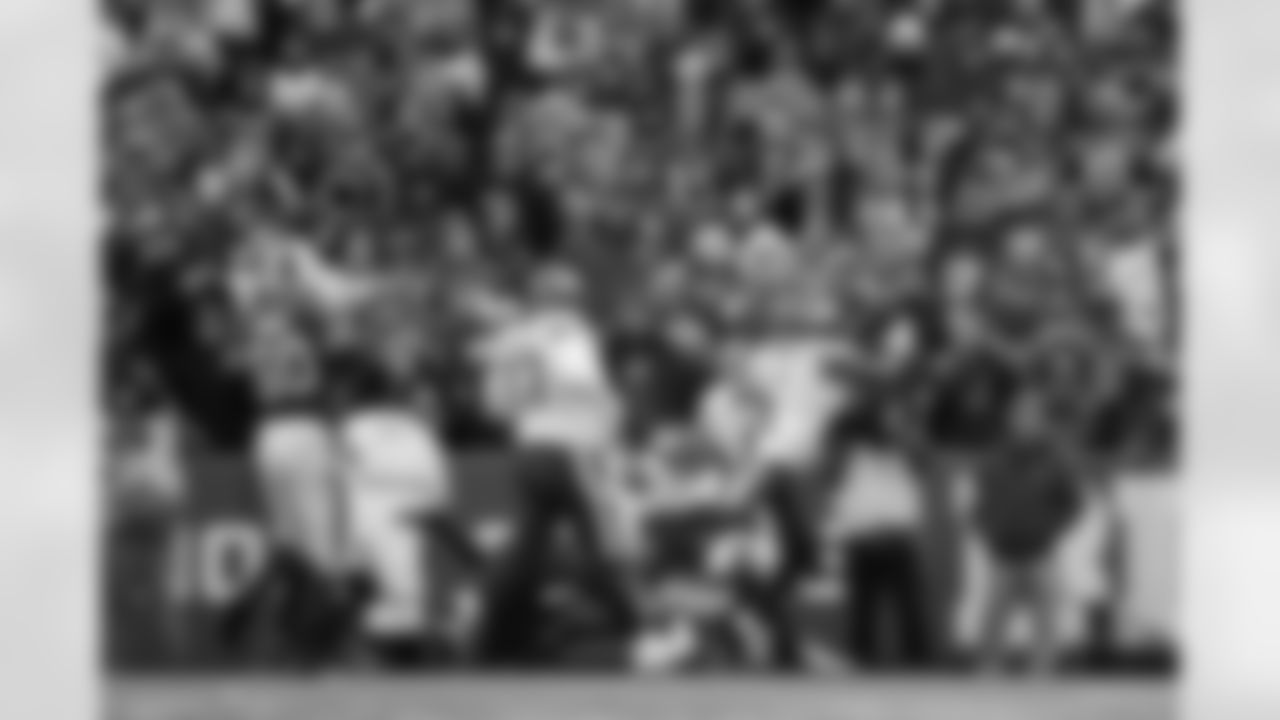
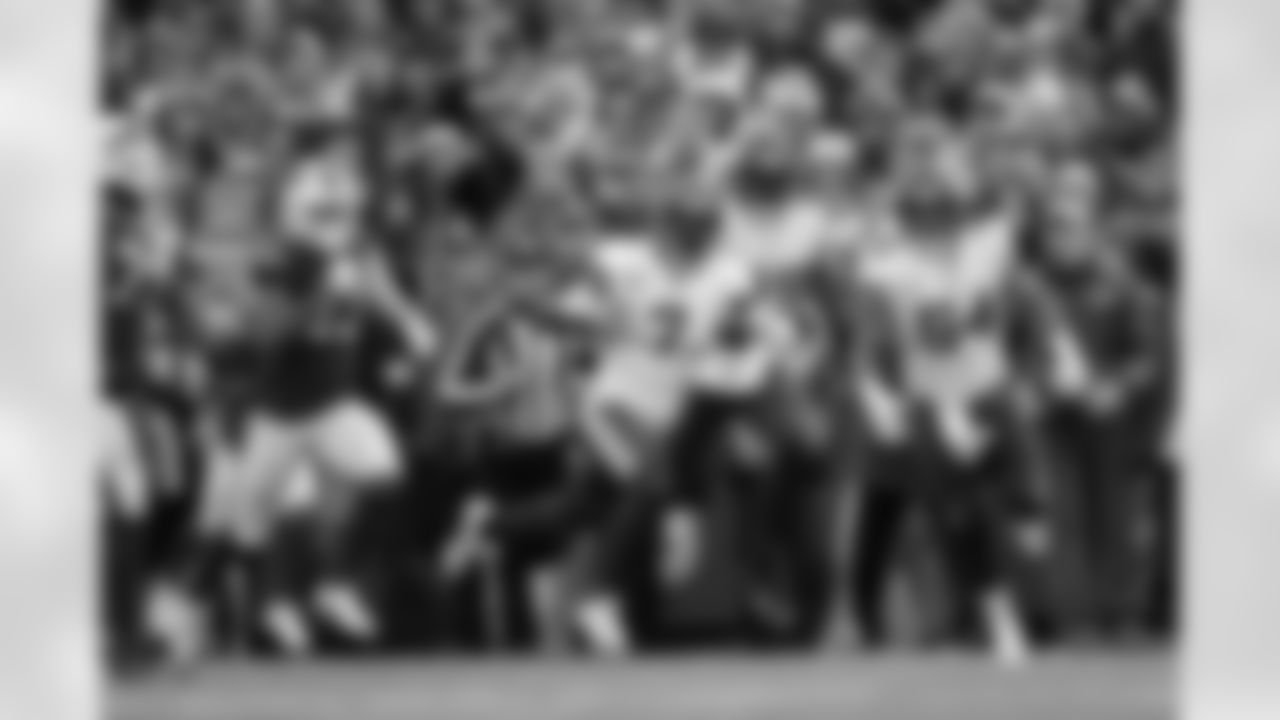
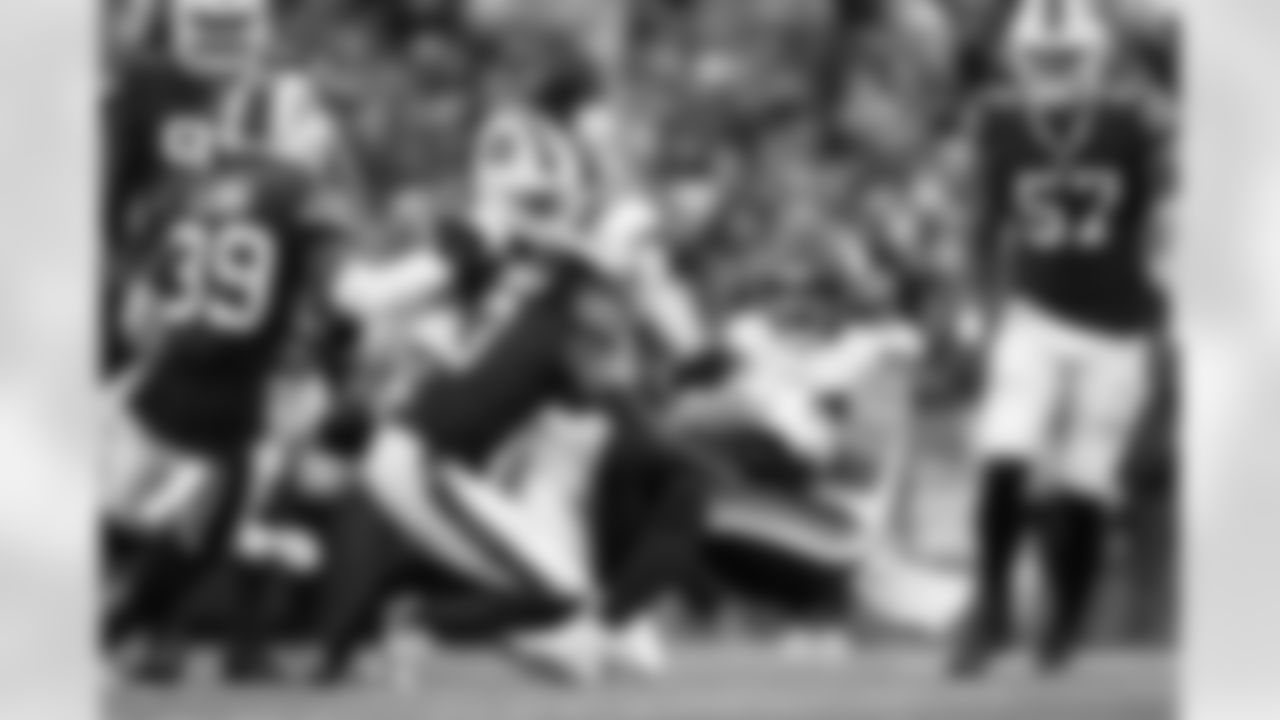
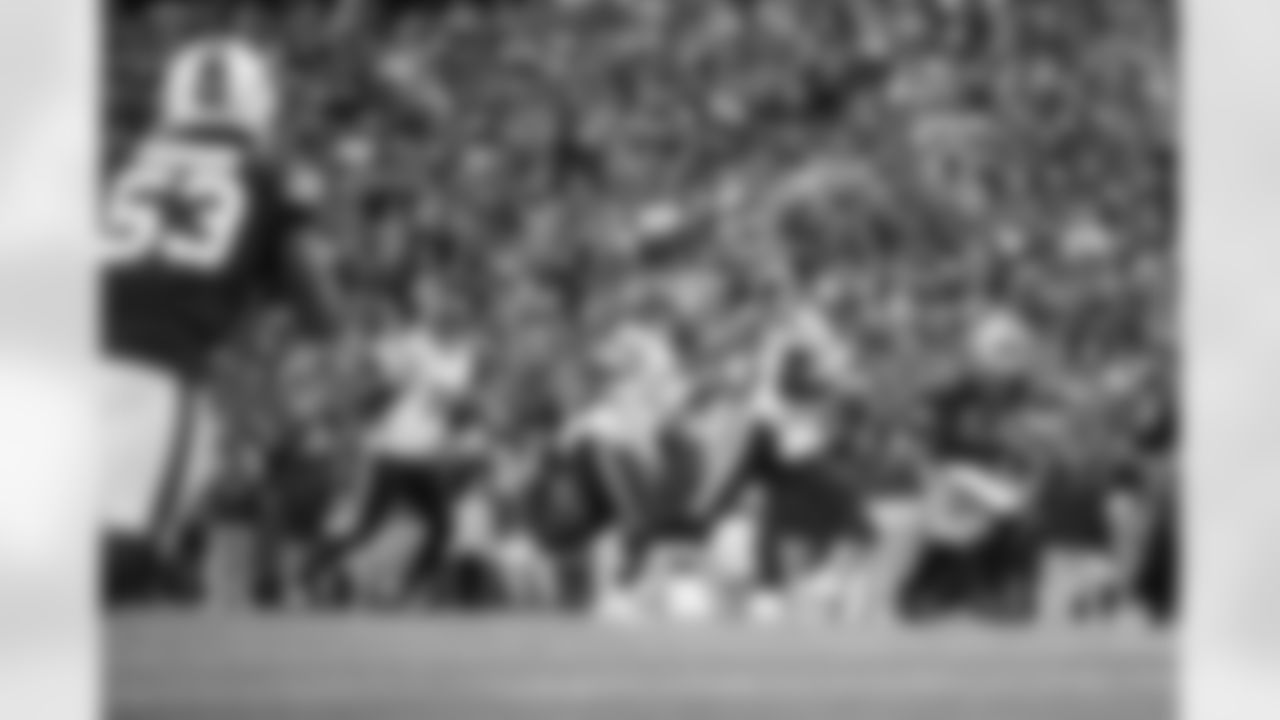
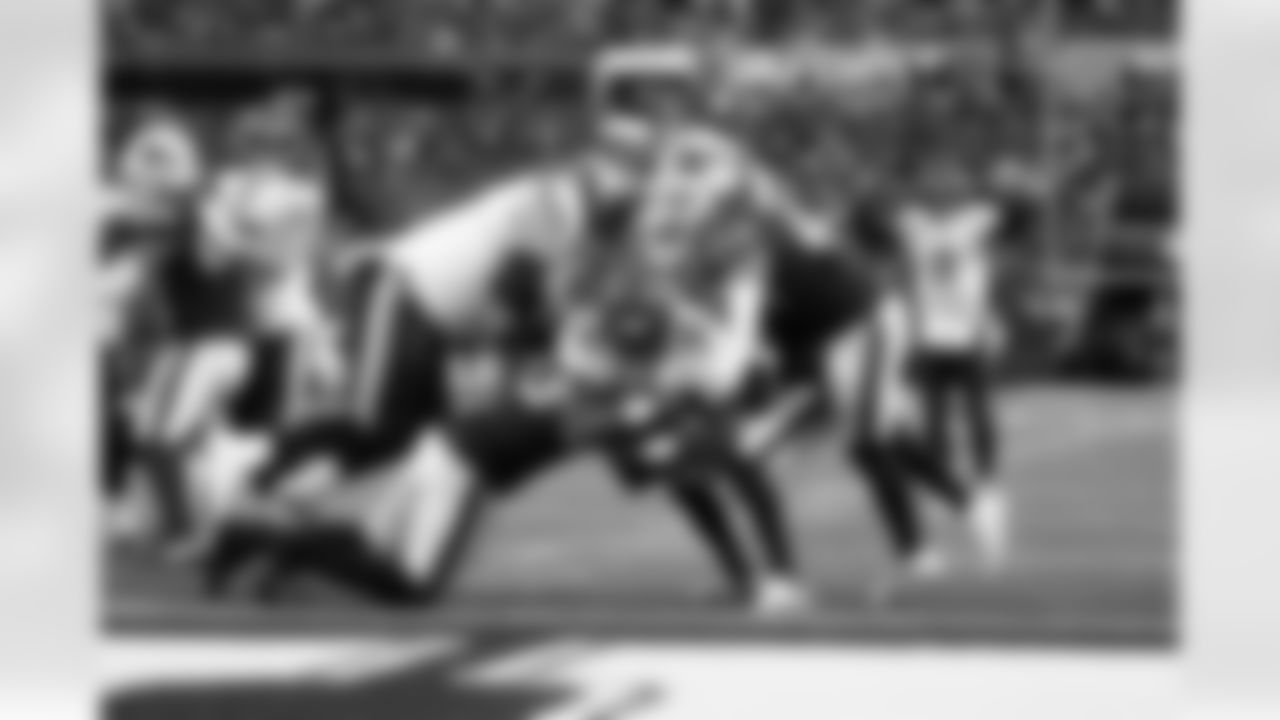
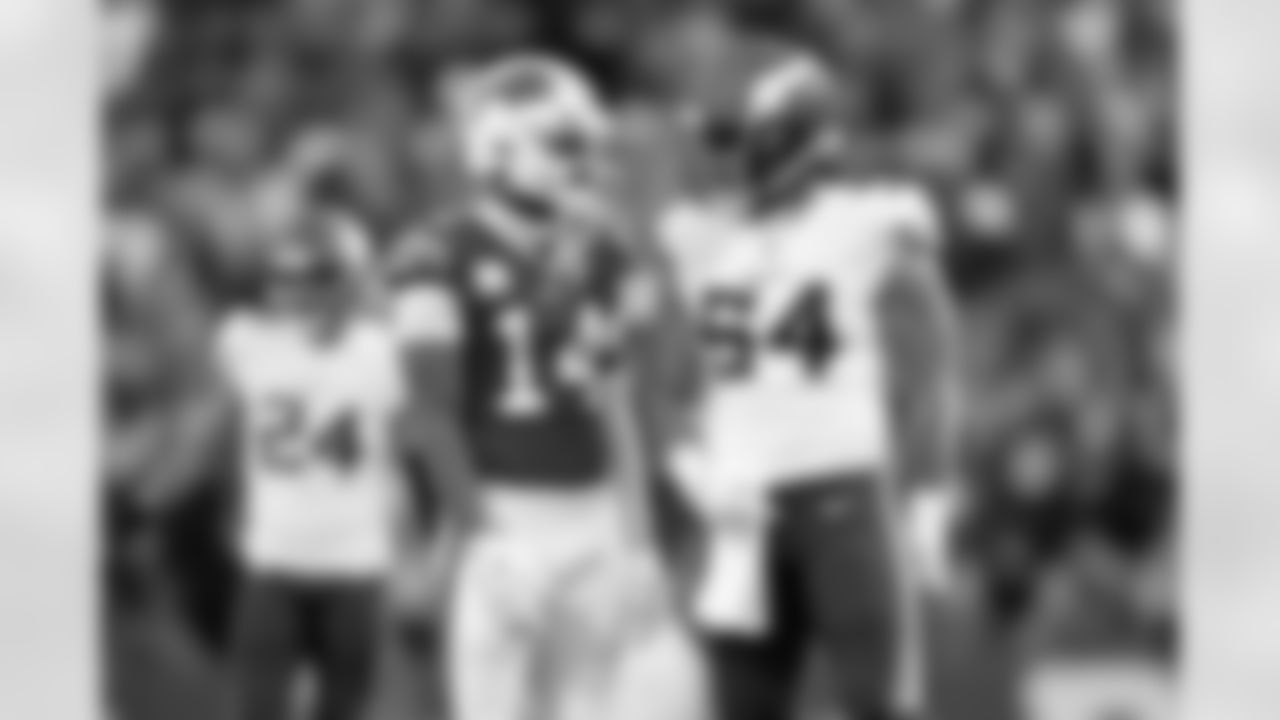
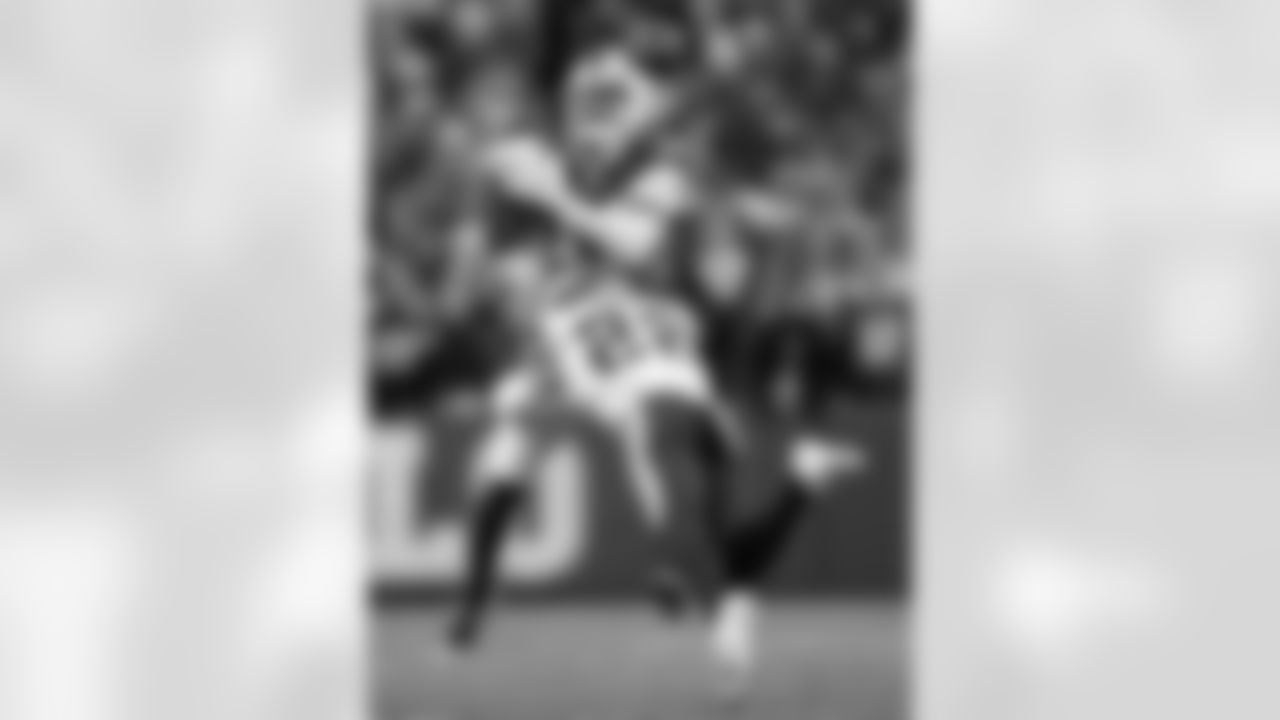
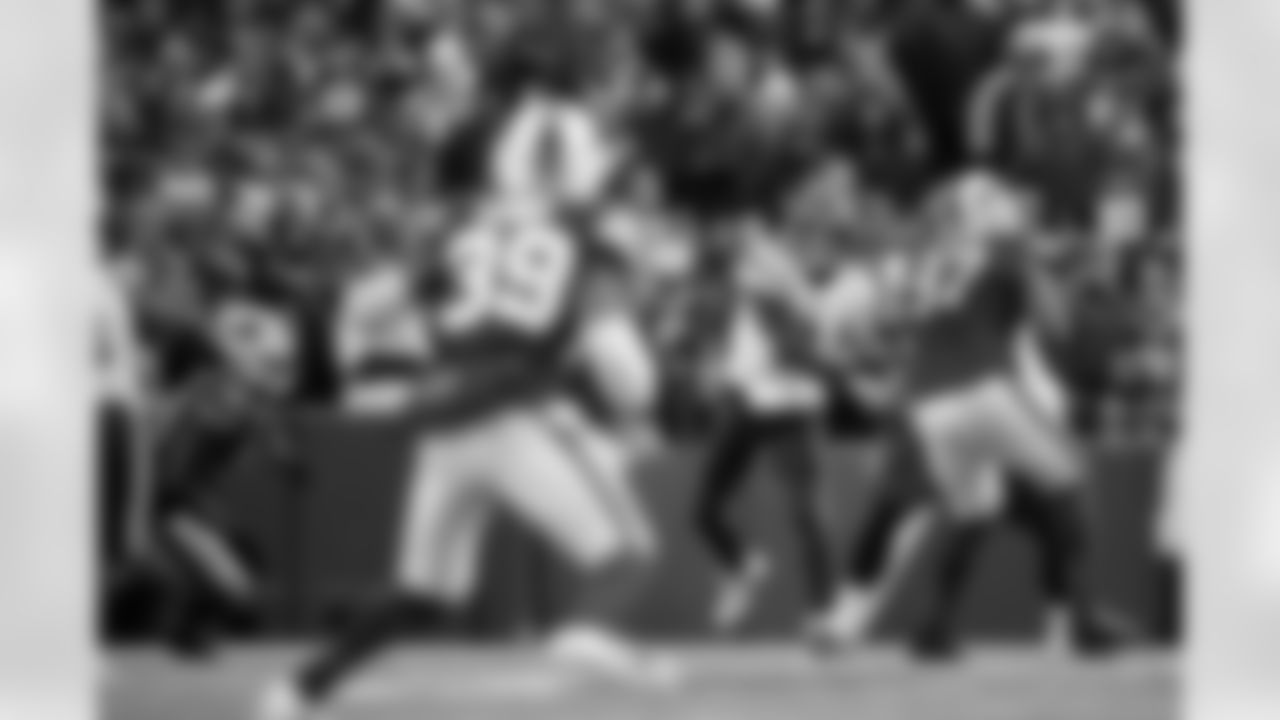

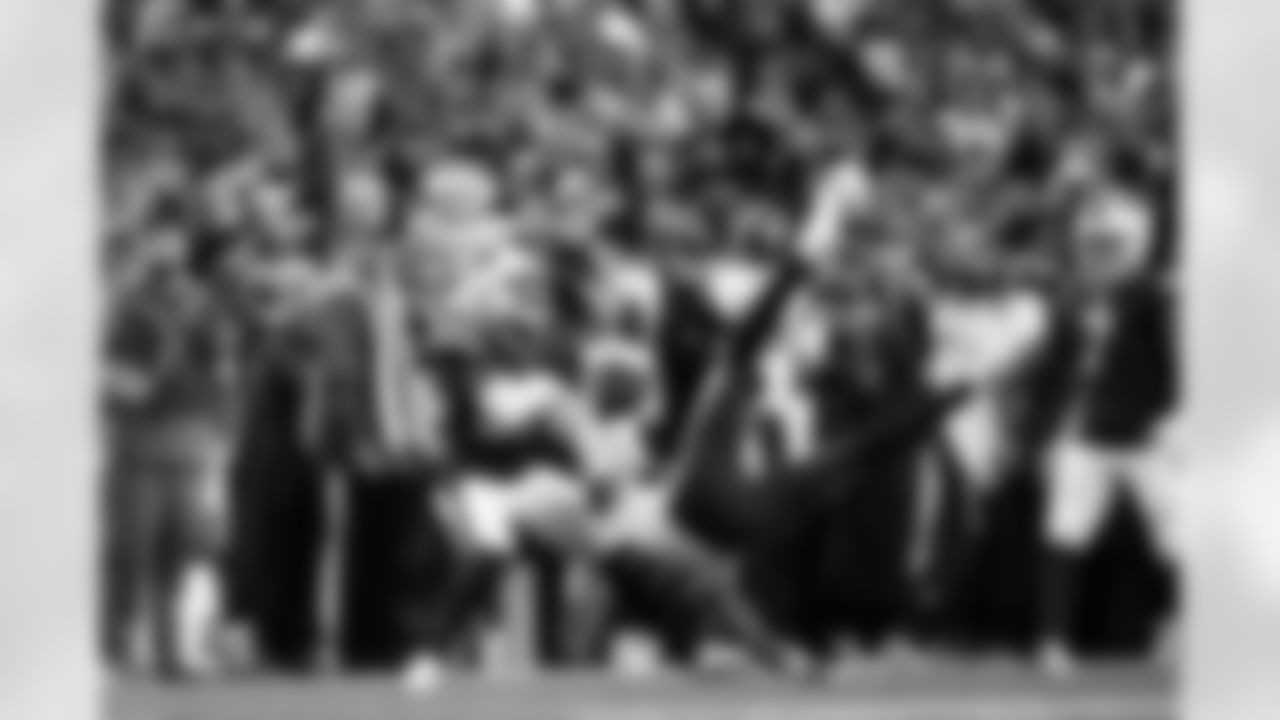
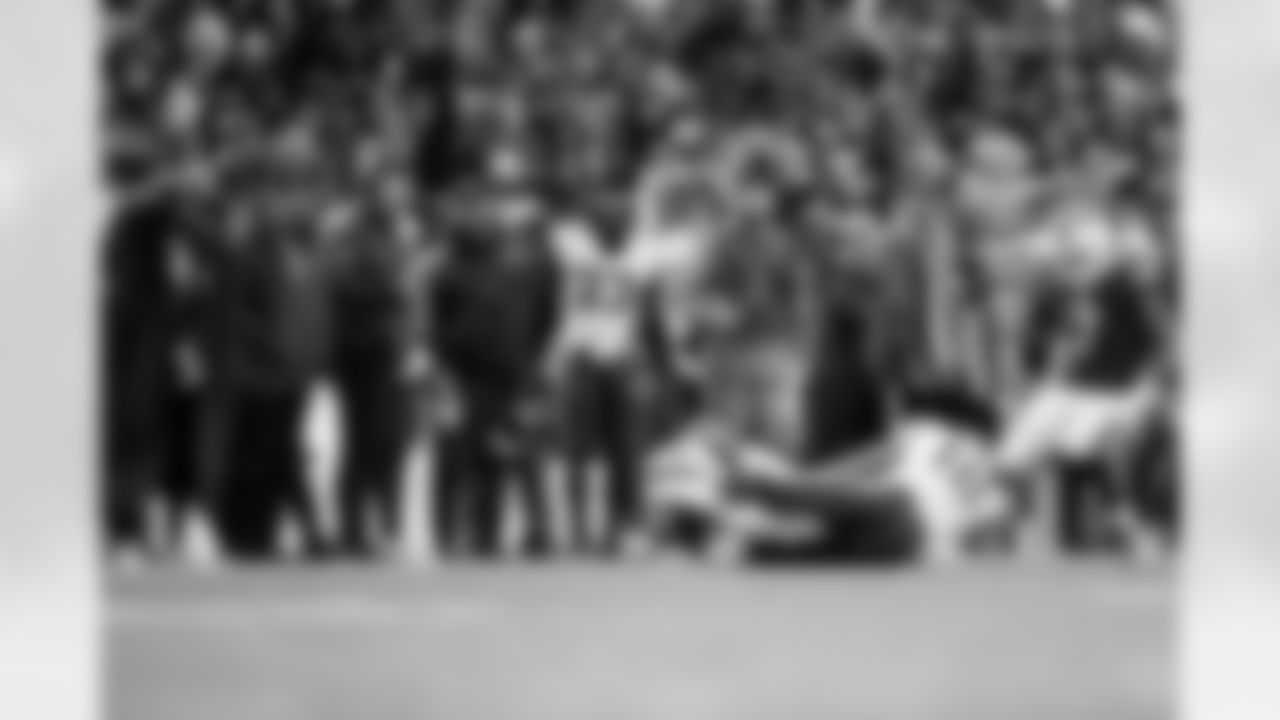
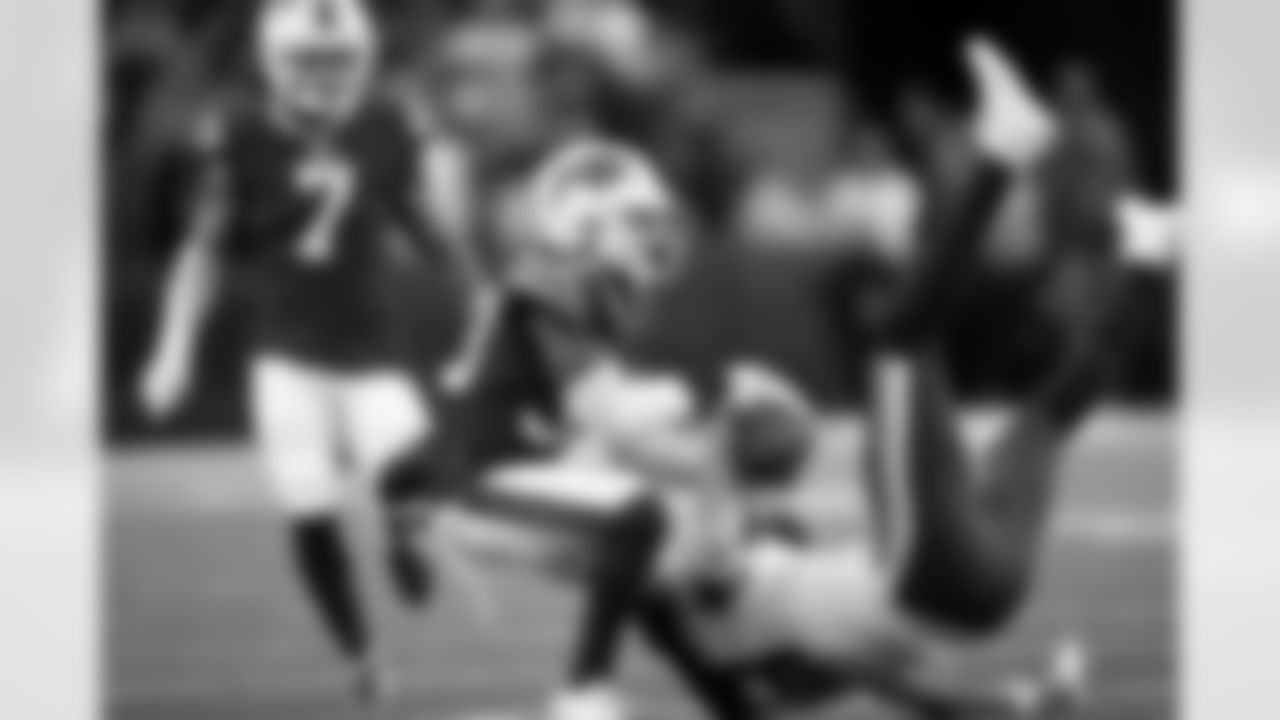
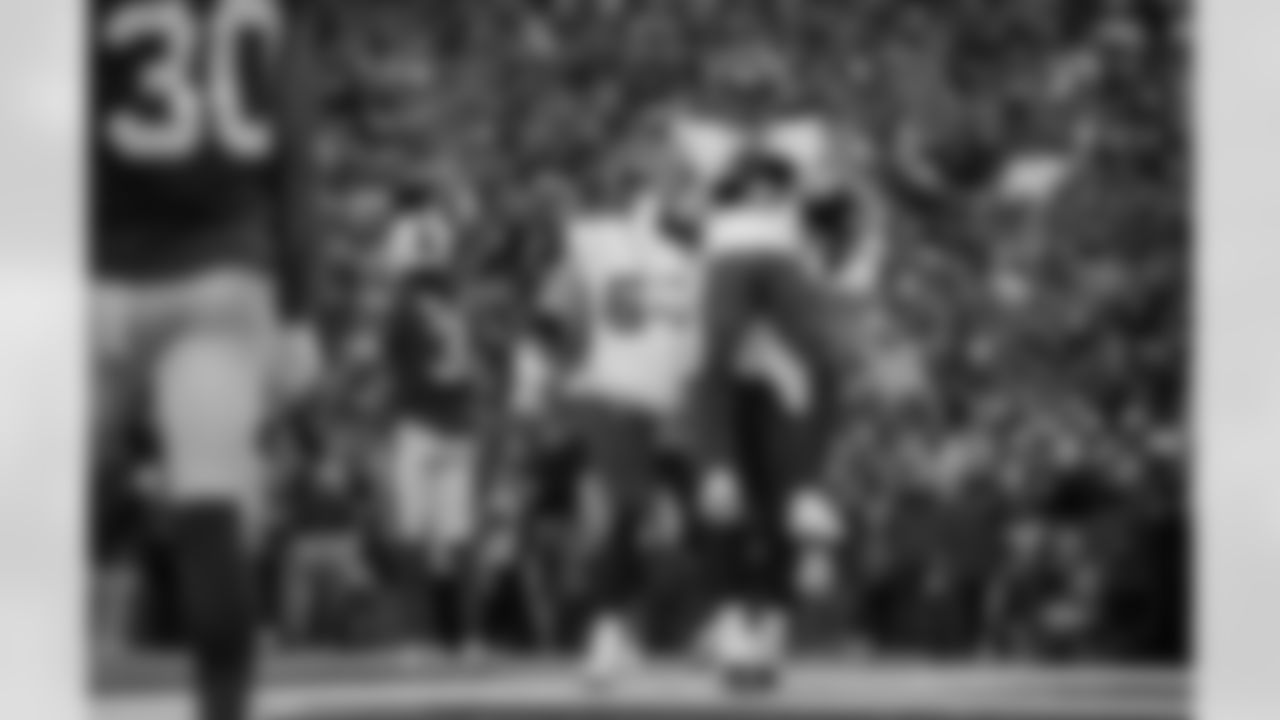
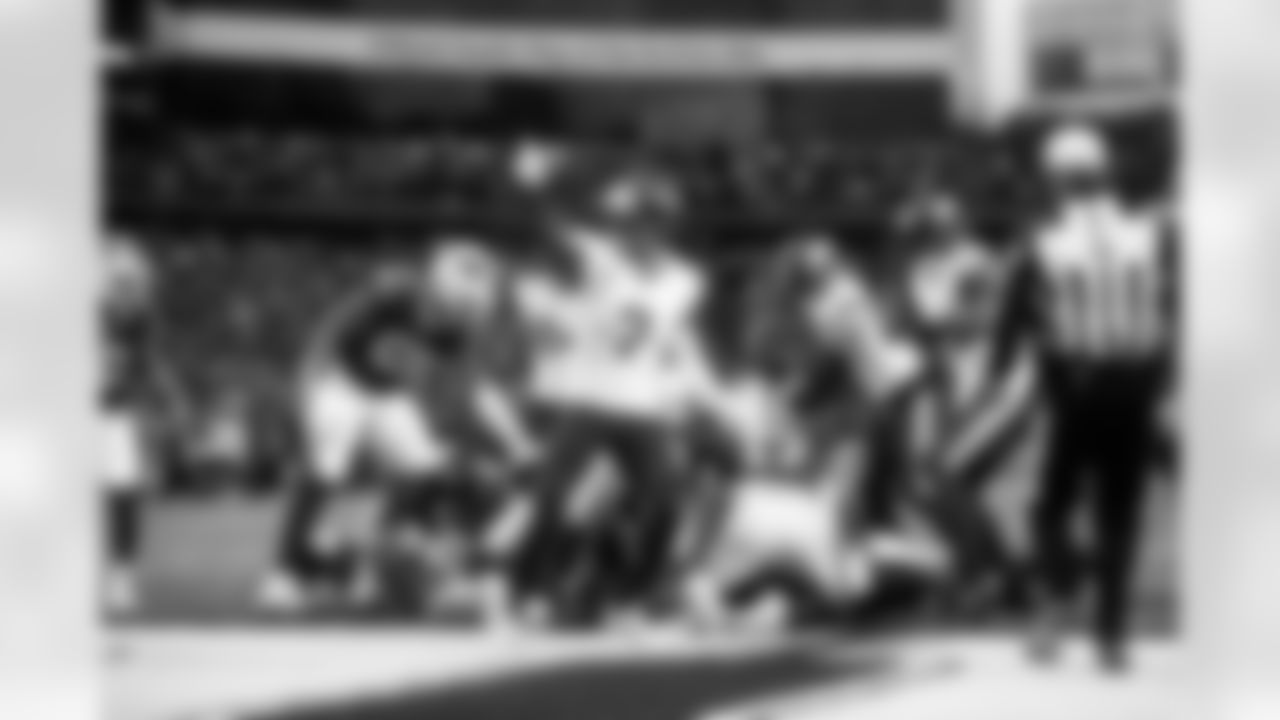


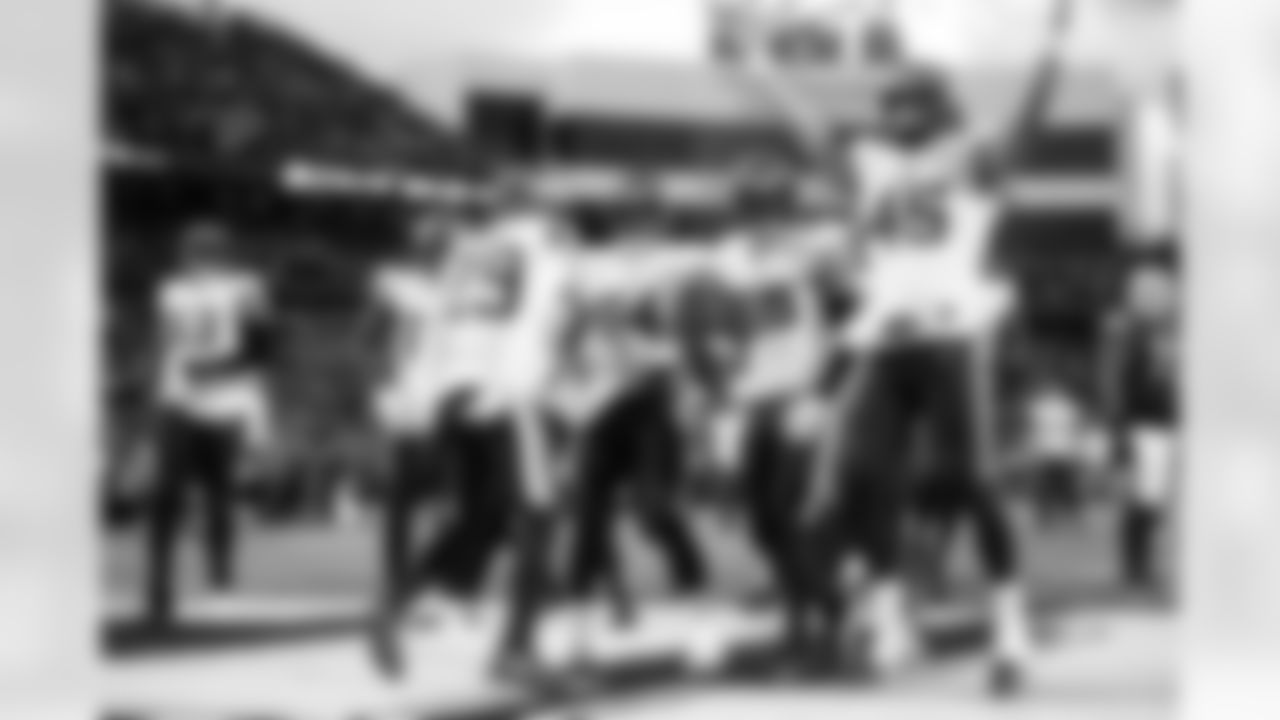





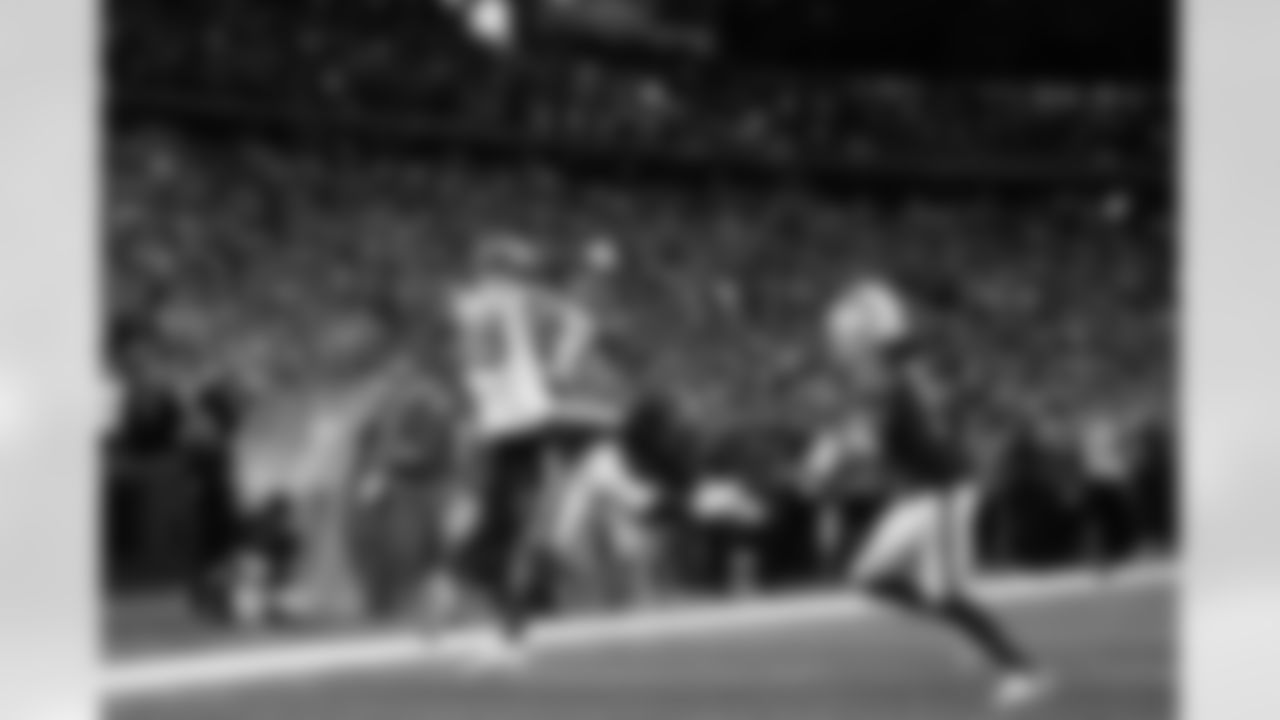
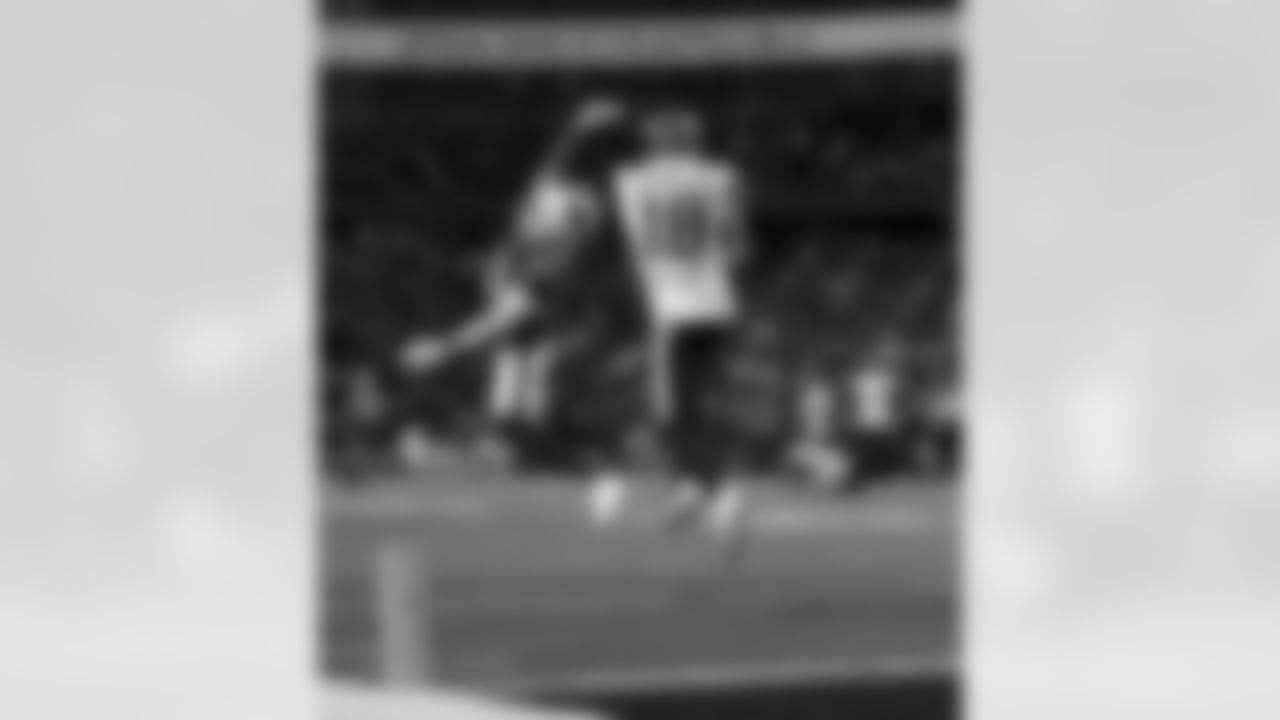
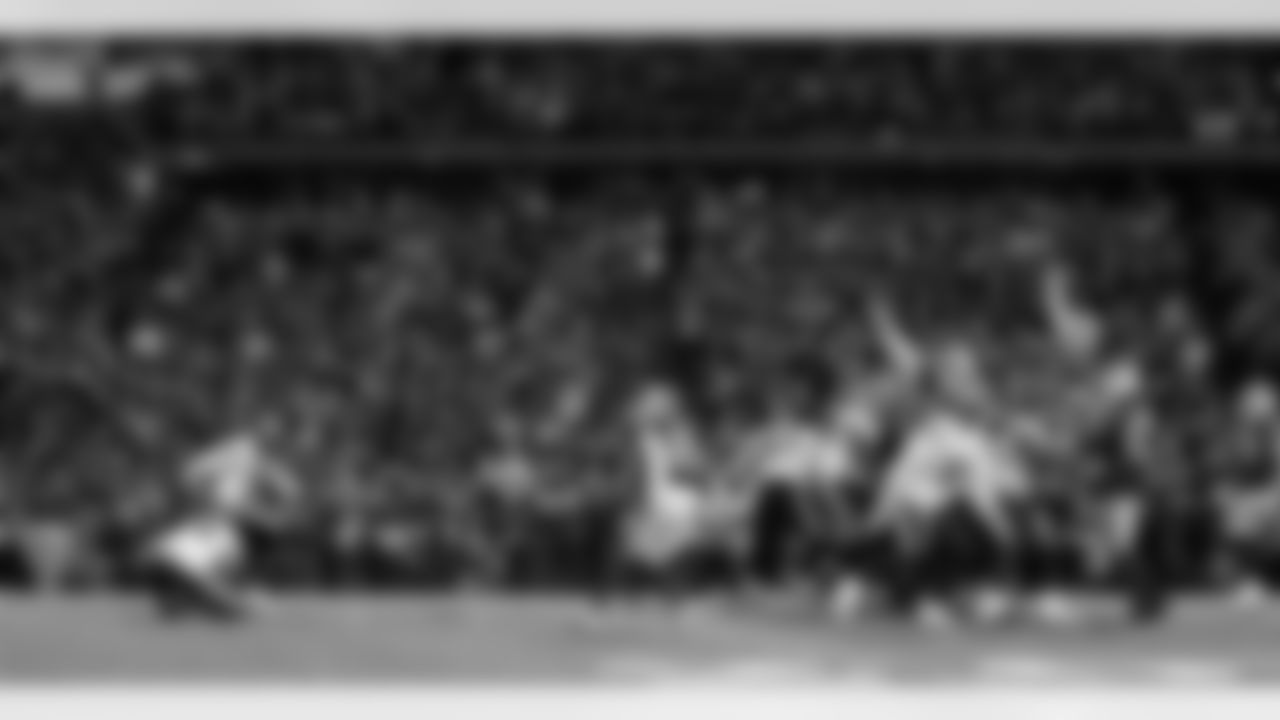
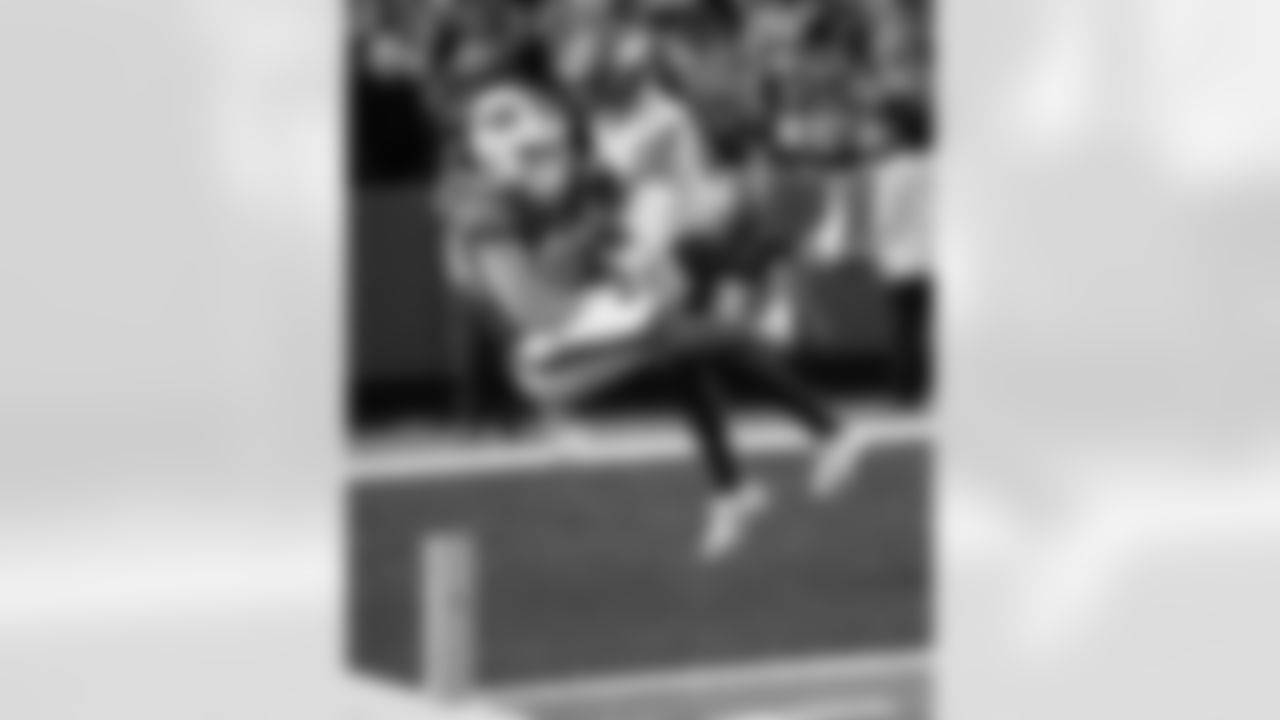

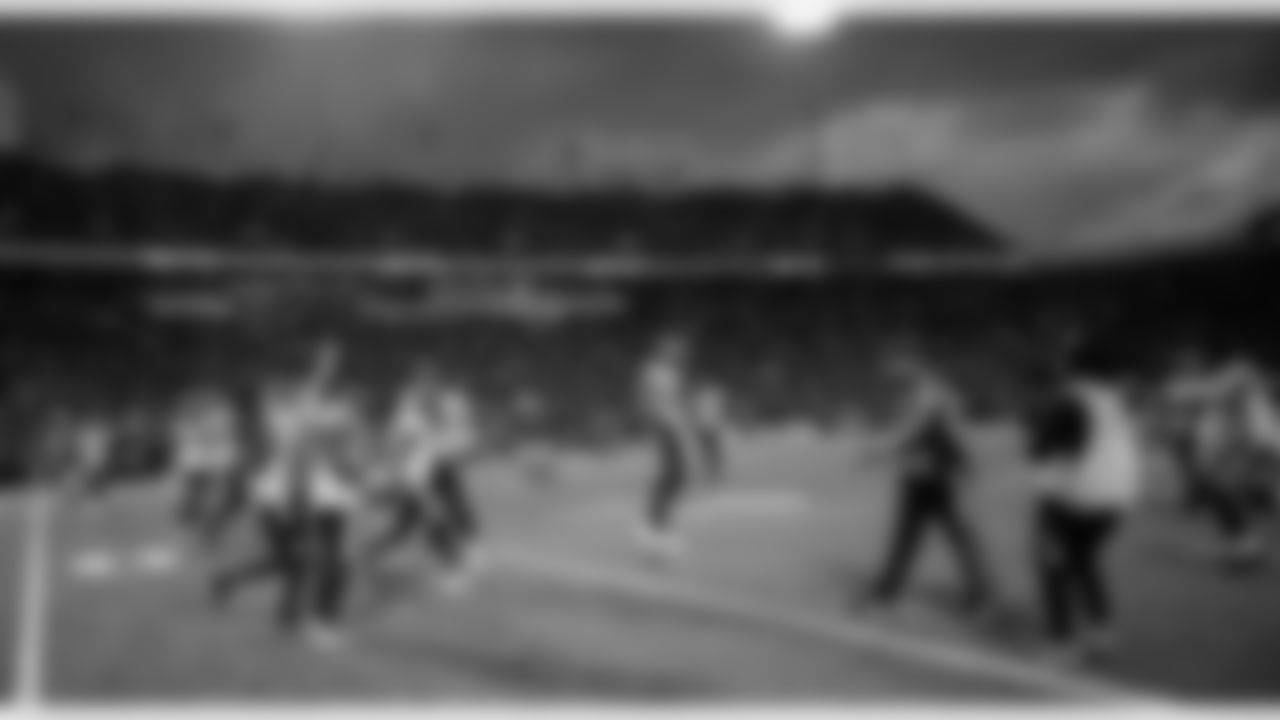
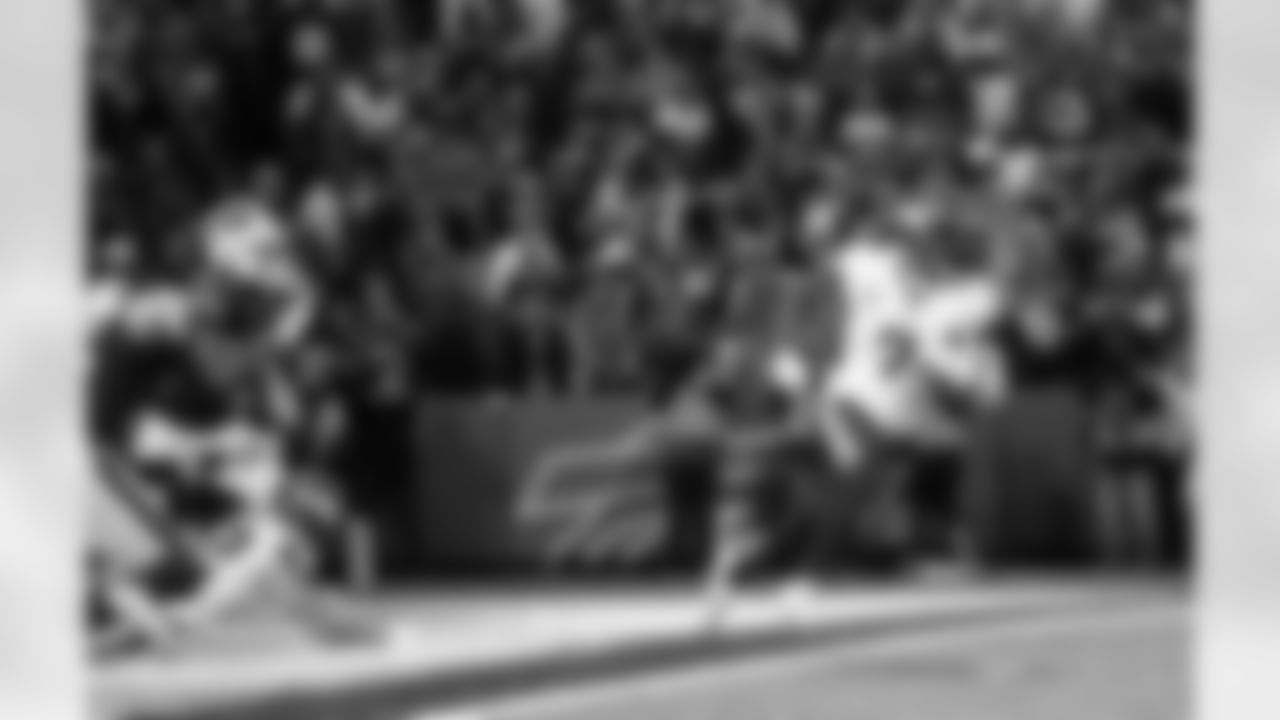

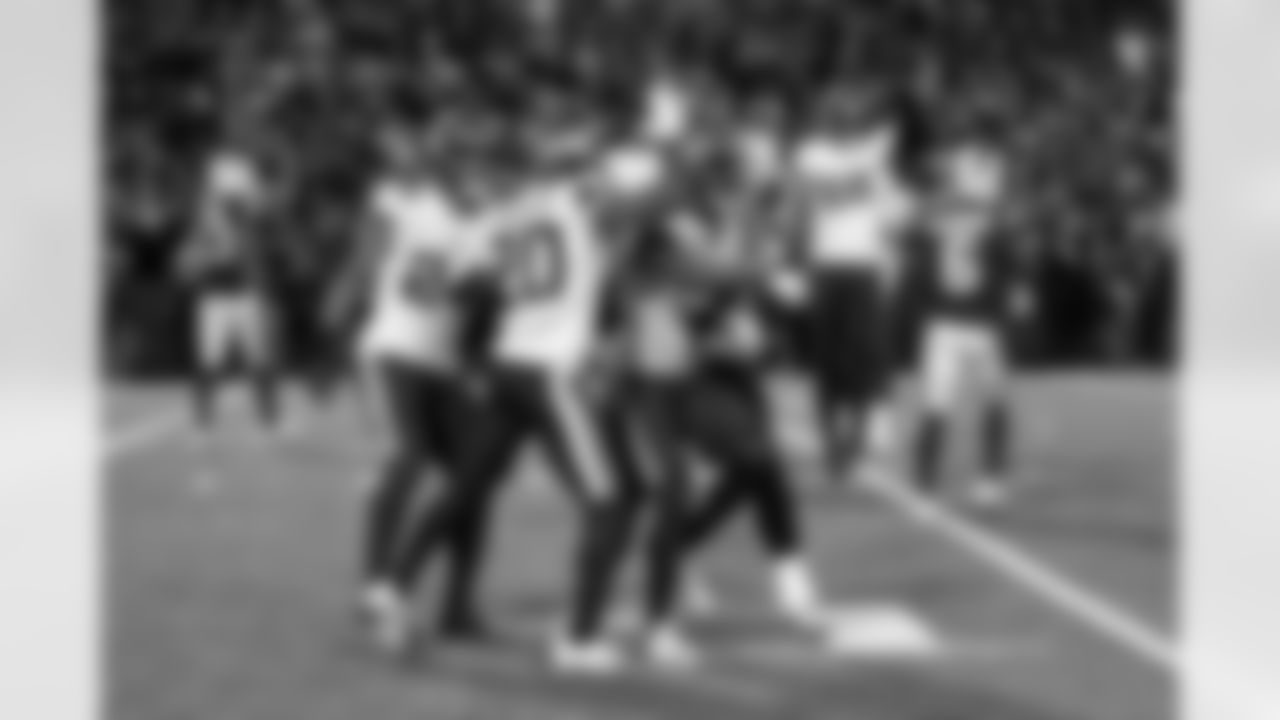






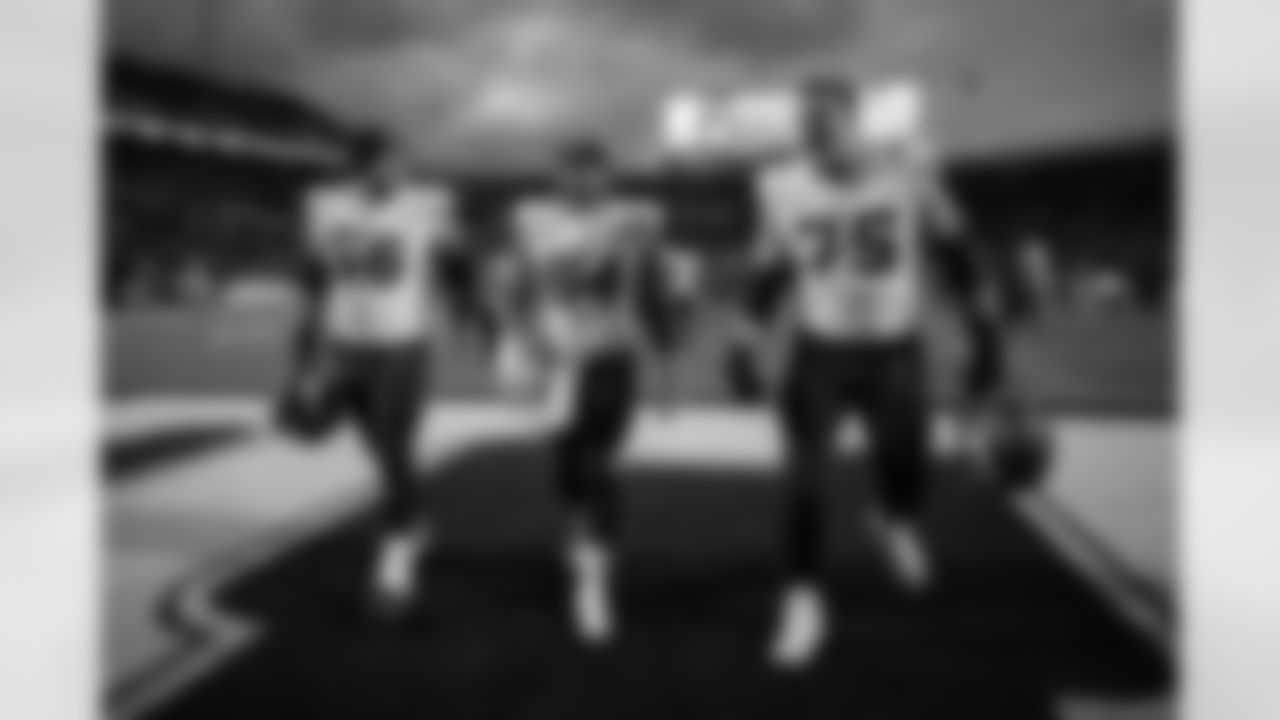
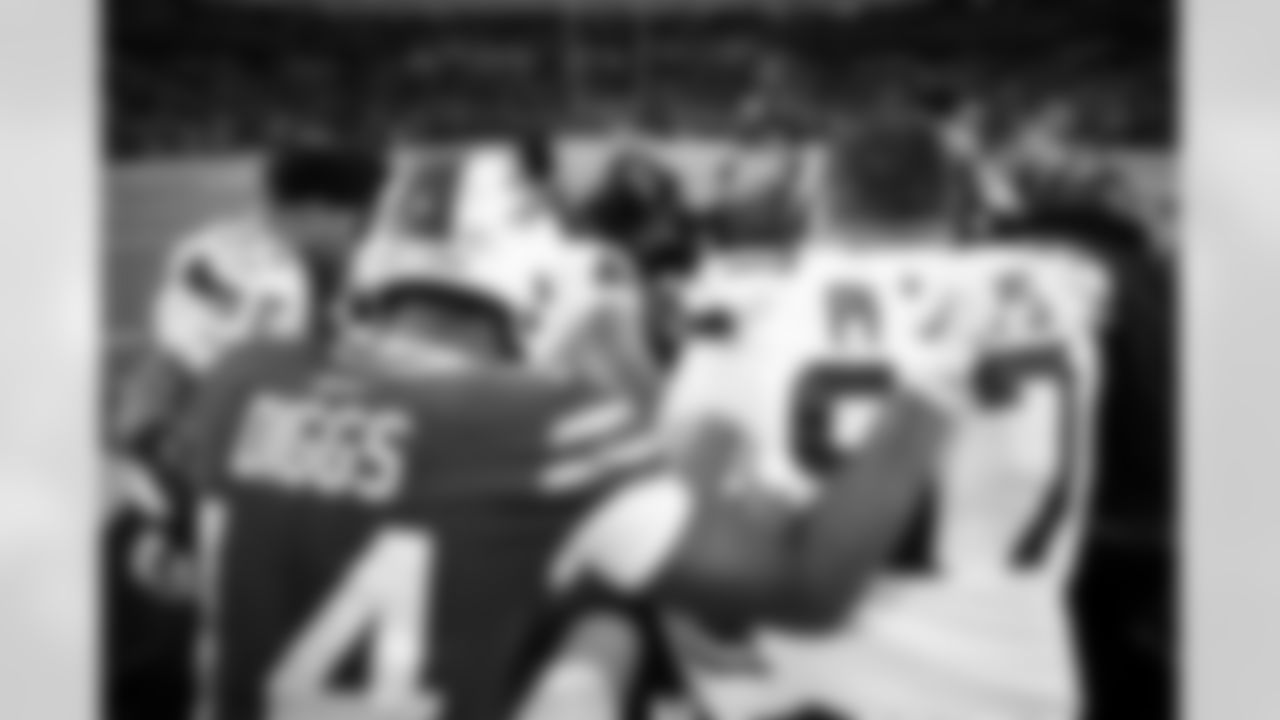

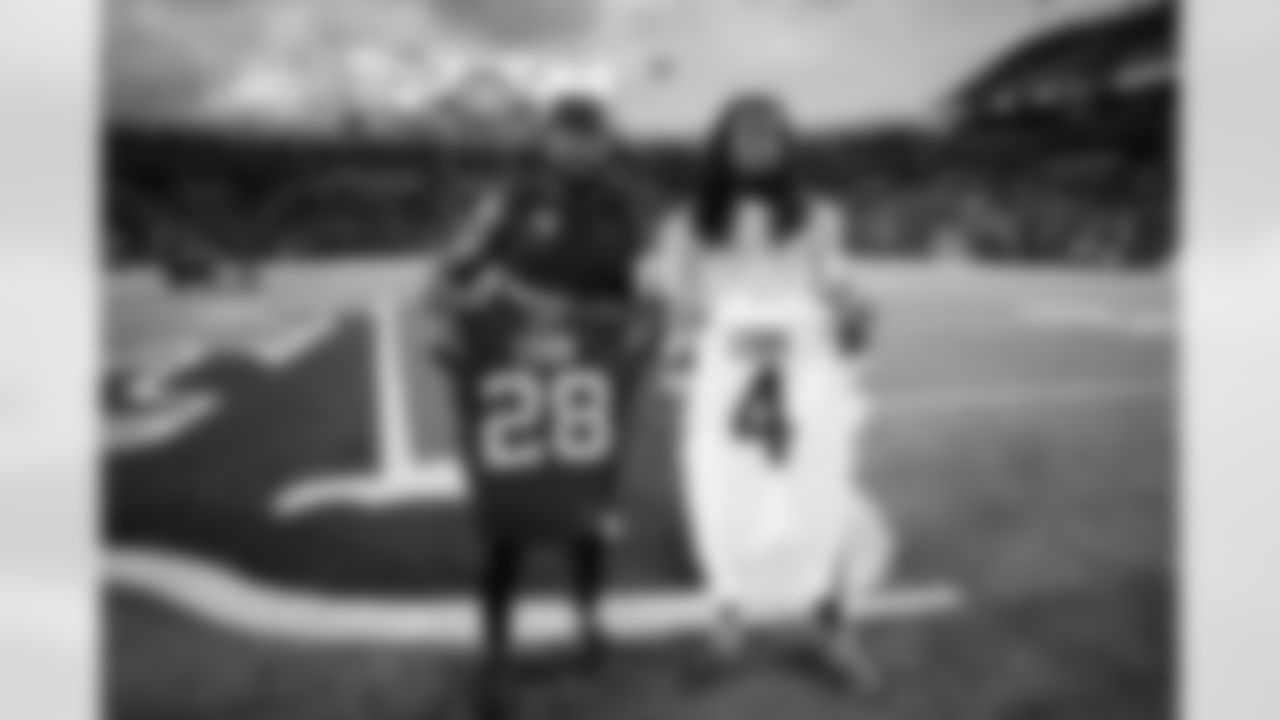

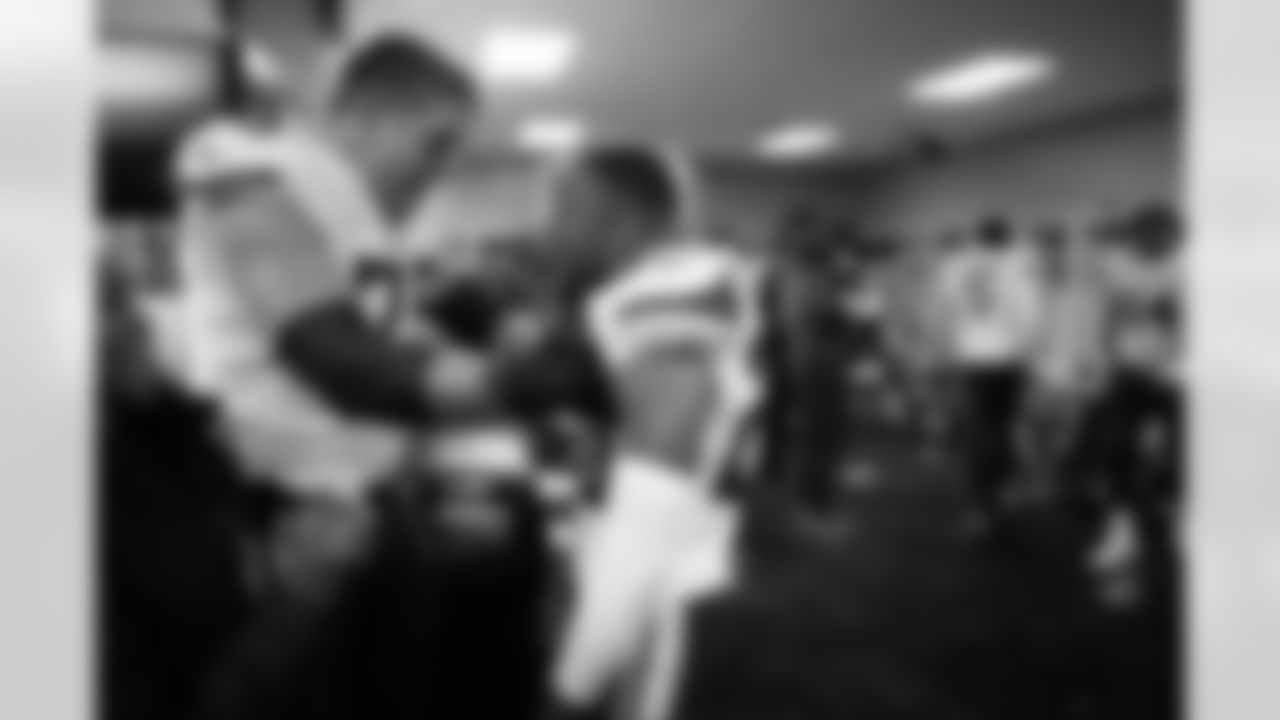
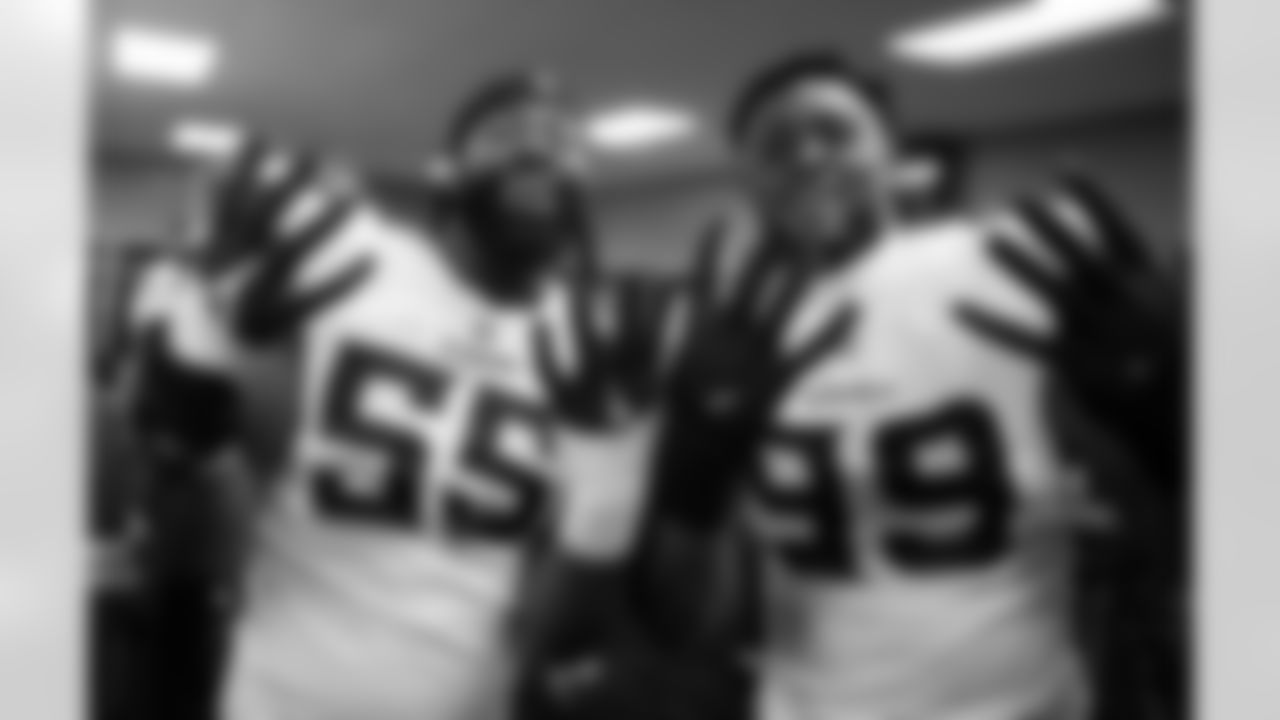





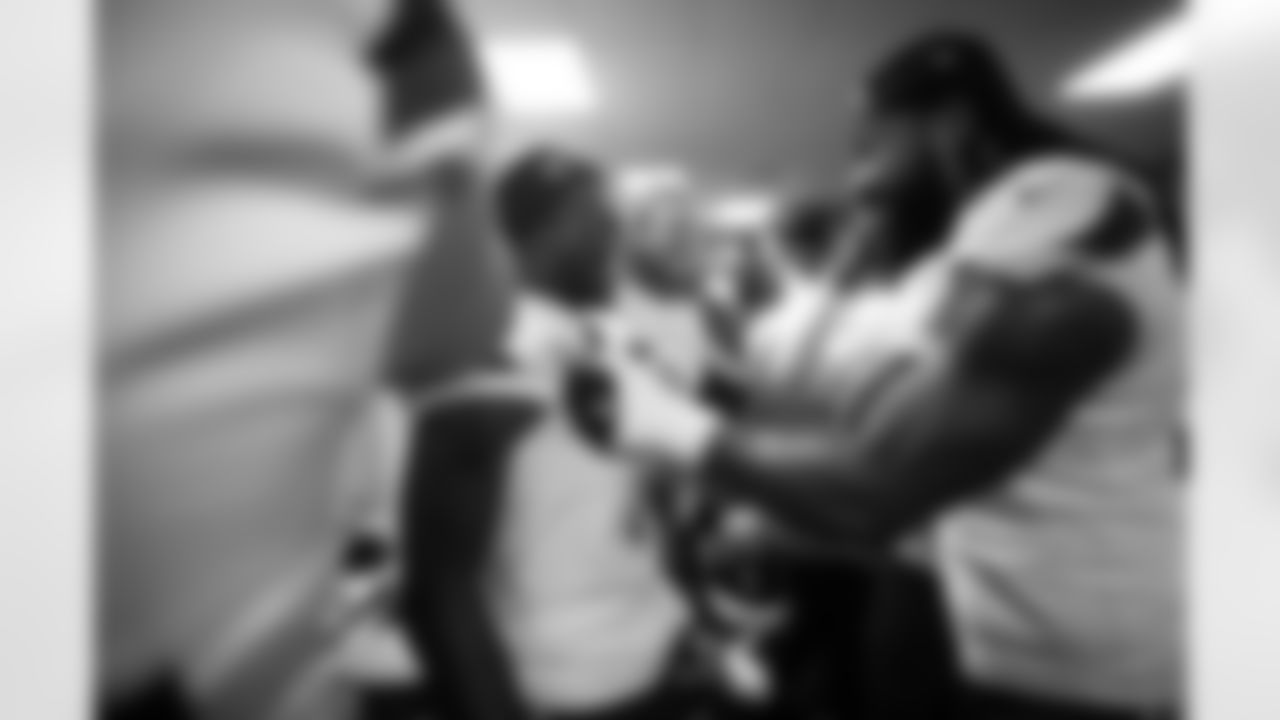




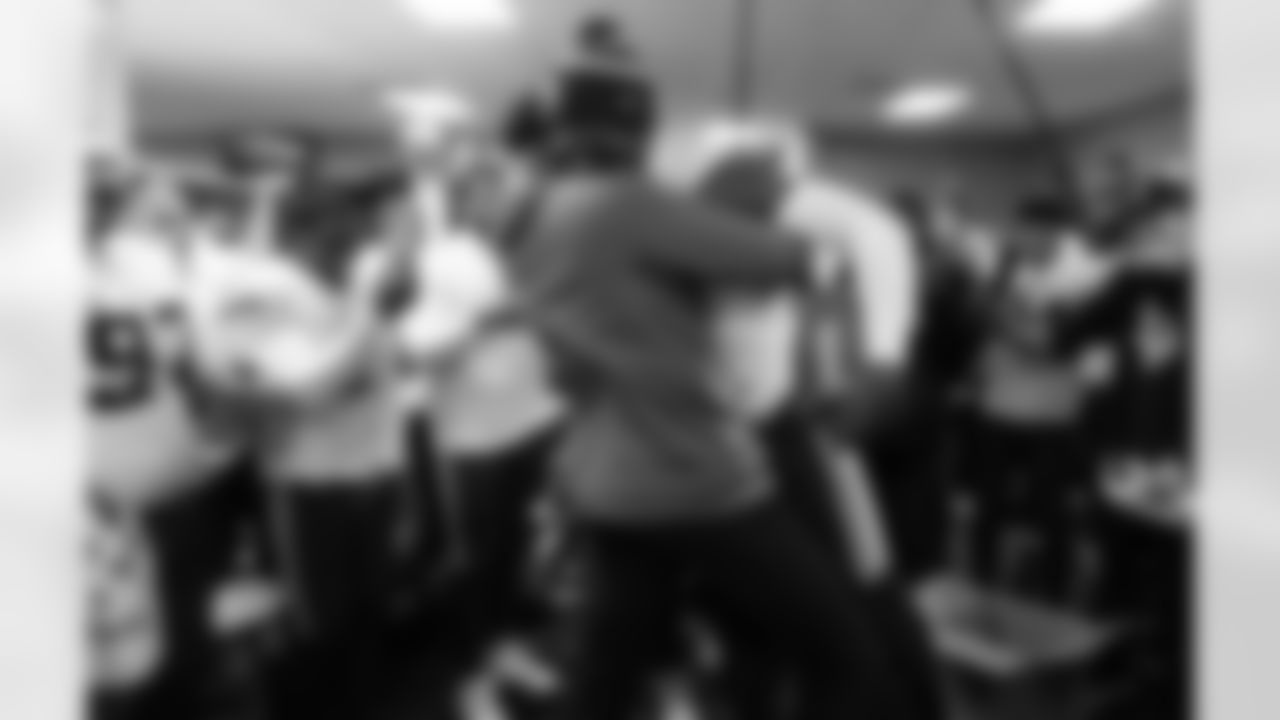


"There aren't a lot of plays from fourth-and-18," Cousins said on Wednesday. "You're in a bad spot, you're picking your best bad option. Like in the movie Argo where they say, 'Is this the best option we have?' And they say, 'Sir, we only have bad options. This is our best bad option.' That's really what fourth-and-18 is.
"We had a stoppage, so [O'Connell] was kind of able to talk me through it and say, 'Hey here's what we're going to do. Tell Justin what to expect here. It's probably going to have to be a jump ball,' and I was even thinking of contingency plans of, 'Hey if they take away Justin like they very well could to where I really can't throw him a jump ball, K.J. [Osborn] I need you to do this, or Adam [Thielen] be ready to do this, or O-Line be ready to do this.' "
While it was a highlight-reel-worthy play, Cousins might enjoy the continuous loop this week the least because of a self-critique.
"I was disappointed that I didn't leave it short. I kind of led him like I would normally lead him on a route, and really in a jump-ball scenario, you kind of want to throw it short so he's stopping and going straight up as opposed to stopping and reaching back," Cousins added. "So every time I see the clip, everybody else is happy and I'm kind of like, 'Ugh, it was 2 feet too far. It needs to be right in front of him.' I guess that's kind of how I always watch it."
O'Connell said Cousins and the entire team do a good job of analyzing plays and dissecting where they need to improve on, no matter the result.
"What I think the best part is about Kirk, no matter the result, we always go back and look at things very clearly and, 'Hey, what can I do better? Coach better? When did I call certain plays and in what situations? Was there clarity of the intent and detail? What was the detail, the execution around Kirk?' And then ultimately, his ability to really have a microscope on his own game," O'Connell said. "I think it sets a tone for a lot of our other players to understand that it's not a matter of being critical of yourself or putting pressure on yourself. It's just understanding that we're all trying to improve, and 'What ways can I do that, even though the result was what we wanted in Buffalo?' I think it's important to always go back and really look at it as close as we can to really improve, while also understanding we can take some confidence from these results with us."
When Cousins started his career in Washington, he wanted to wear a wristband to help remember plays. Instead, current Los Angeles Rams Head Coach Sean McVay — who was Cousins' offensive coordinator in Washington from 2014-16 — encouraged his quarterback to memorize the different play calls.
"I used to say to Sean, 'These plays are long. I could use a wristband' and Sean would say, 'Well, I don't look down at the call sheet to call the play to see what the wristband number is. I just call the game from my head,' " Cousins said. "[McVay] said, 'We can't do that because I would have to go find the play and then give you the number,' so I learned with Sean that I'm going to have to just memorize these plays and I don't have the luxury of a wristband."
After McVay left, Cousins wore a wristband during his final season in Washington in 2017 and first season with the Vikings in 2018 under Offensive Coordinator John DeFilippo, but he hasn't since.
Cousins said being able to wear the wristband depends on the coach and the length of the play names.
After O'Connell arrived this offseason with a new offense, Cousins explained it took him a long time to try and understand the new play calls. He was able to pick up a new memorization technique from backup quarterback Nick Mullens, who arrived in an August trade with Las Vegas.

Pro Bowl Voting is Open!
Cast your vote to send your favorite Vikings to the 2023 Pro Bowl Games.
"I was really struggling late August/early September of really getting to a place where I could spit the plays out with total ownership. Because [Nick's] been in a couple of systems where he's had to learn quickly, especially this year with so little time in between the trade and Week 1, he said, 'I'll just record the tricky plays on my phone and instead of listening to music or the radio on my drive time to and from work, I'll just listen to the play calls,' " Cousins said. "So I started doing that and it makes my drives a little more boring, but I find [that] when I get home I feel better about the game plan and my command of the game plan. … Those are the kinds of little things that can happen in the quarterbacks room that can make a meaningful difference in your season and in your process."
Cousins added the verbiage he uses in the huddle varies each week and he believes there are positives and negatives to both sides of how verbose a play call is.
"You can be as simple as having a code word that tells everybody what to do in one word which we certainly carry — every team does," Cousins said. "And then you have plays that can get in situations where, we have a play for this look, we have a play for this look, and we might alert to a third option and you're really trying to communicate all that in the huddle, and it can get longer. So it just kind of depends on the week, the situation, and there's times to be very efficient and there's times to be a little bit longer and drawn out."
No matter what the play call is, Cousins said he is always in the pursuit of learning from each of his throws.
"[When] you go back and you watch critically all the time of, 'Hey what was the best decision here? Was it to check it down? Was it to throw into coverage?' " Cousins said. "You try to learn from each one and understand ways to avoid the negative outcome and chase that positive outcome. But many times, it does come down to matchup and player and feeling good about your option."











